The Contemporary African Art Fair returns after The Long Pause.....
at the end of February in Marrakech, Morocco.
I took the bus from coastal Essaouira for a day in the Red City - specifically to see the
Contemporary African Art Fair 2023
the annual event returning after an absence of two years because of you-know-what.
Twenty galleries showcasing African artists within the walls of La Mamounia -
probably the most famous of Marrakech's elegant hotels.
A day of art, divine Moroccan interiors and extensive walled gardens
in the heart of Marrakech - bliss!
Following are pictures of the ones I liked and a little explanation of why.
Feel free to research the artists yourself for more of their work and information.
Hako Hankson
Can't help but feel/see a delightful Basquiat vibe here.
It's the visual storytelling I think with confident coloured and varied brush lines.
Love the spontaneity of drawing with a brush and paint.
Look at the details below; the stories within stories.
Amina Agueznay
Natural spun undyed wool, cotton, palm husk and palm leaves flat and knotted weave
193 x 151 cm
| These wall weavings were born out of a collaboration with the architect Salima Naji, who is one of the most prominent advocates for the protection of architectural heritage and the preservation of traditional and local building techniques in Morocco. She uses local natural materials in all her projects, most notably: clay, palm leaves, wood and stone. She always works in partnership with local artisans and craftsmen, taking care to renew and develop their techniques and methods. | Above: Lefdam brode #5, 2023 Natural spun undyed wool and palm husk (talefdamt) - Embroidery - 48 X 56 cm. Above: Lefdam brode #1, 2023 Natural spun undyed wool and palm husk (talefdamt) - Embroidery - 52 X72 cm. Above: Lefdam brode #6, 2023 Natural spun undyed wool and palm husk (talefdamt) - Embroidery - 55 X 45 cm. |
I'm in-deep with her process - all my senses on alert - I know this journey -
these fibres: wool and palm - I work with them over and over again here in Morocco.
Beginning in the date palm oasis of the Draa Valley; collecting the rough, dusty husks and leaves and combining them with the course, luminously coloured rug wool sourced from the rural souk in Agdz. Using the clipped fleece in white, black and flecked grey fawn - carding it and working with a drop spindle to spin it. Going further and collecting together henna leaves and pomegranate skins to dye the white wool a delicious dark ginger hue.
if you're interested here it is: Dying With Henna
It shows a workshop with Mina; an Amazigh woman we work with on my
Cultural Fabric - Fibre and Textile Journey - INFO HERE -
if you'd like to join me in Morocco for 15 days of fibre and textile heaven.
Mous Lamrabat
He's worked for Elle, Vogue Italia, Vogue Arabia, GQ Middle East and Esquire.
Have a look at his portfolio on his website - mousmous.com
Thandiwe Muriu
She trained herself using books and the internet and began working
as a professional photographer at 17.
She was introduced to advertising photography and shot her
first advertising campaign when she was 23.
Since 2019 she has been concentrating on fine art photography.
for their booth walls! Don't you think?
Ana Silva
Sourcing abandoned materials: food sacks, packaging, cloth remnants and lace;
they are collaged together to form a new surface on which Ana stitches stories of her homeland: difficulties accessing water, Angola's war of independence and the civil war.
Instead they explore their immediate environments;
transforming and repurposing abandoned items, literally embedding thought in material to create poignant, sensitive and beautiful art.
Gopal Dagnogo
The alternating positive and negative shapes.
That active, warm centre and cool surrounds.
Delicious.
(I forgot to take a photo of the title plate - got too caught up in the painting).
Mahi Binebine
His work is presented at the Fair every year and I seek it out.
I love his materials: beeswax, bitumen, charcoal, graphite, paper.

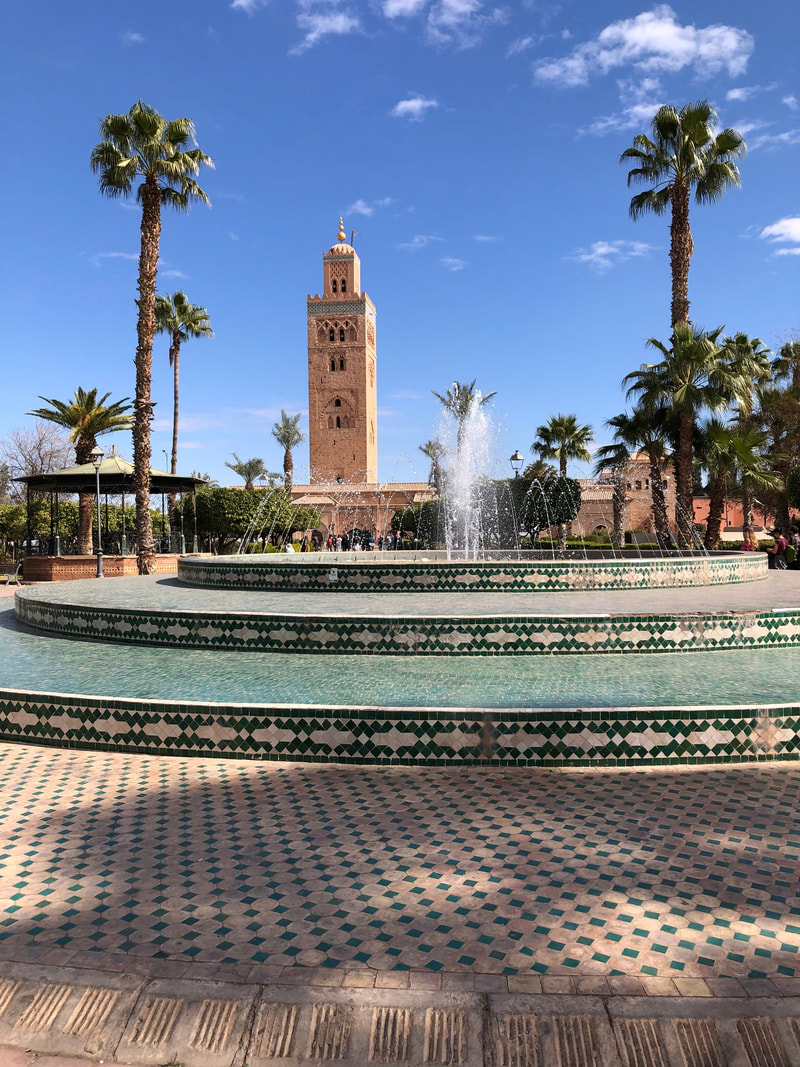
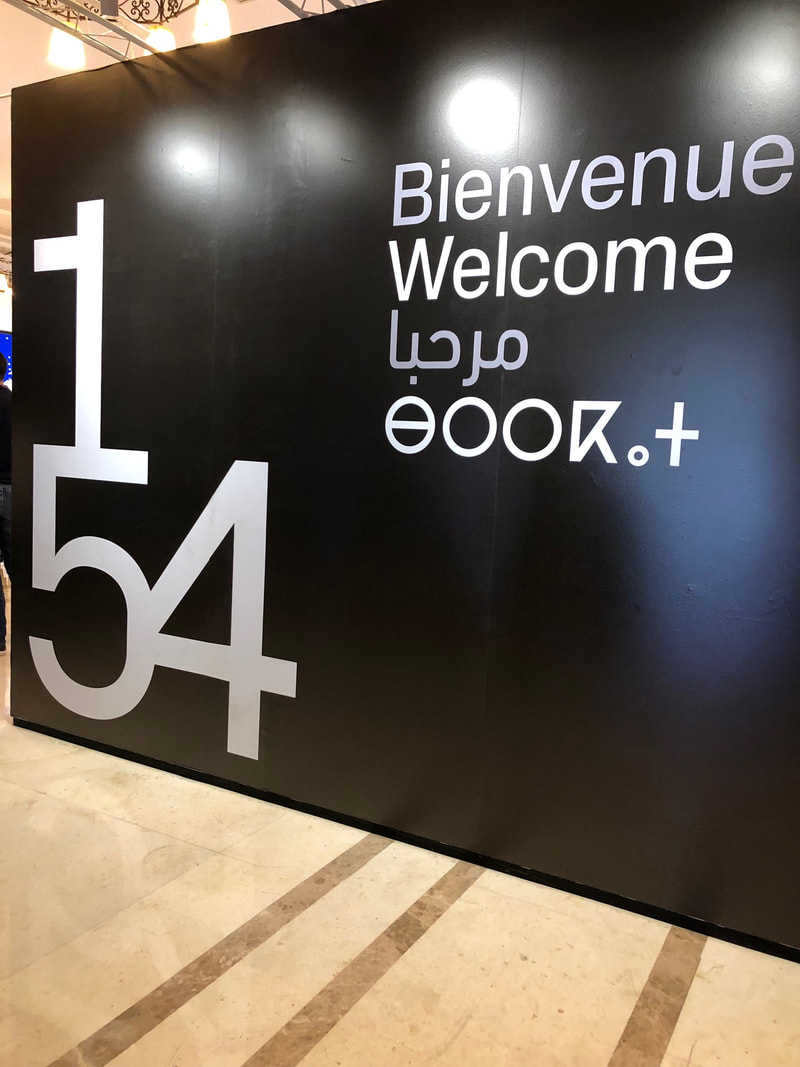
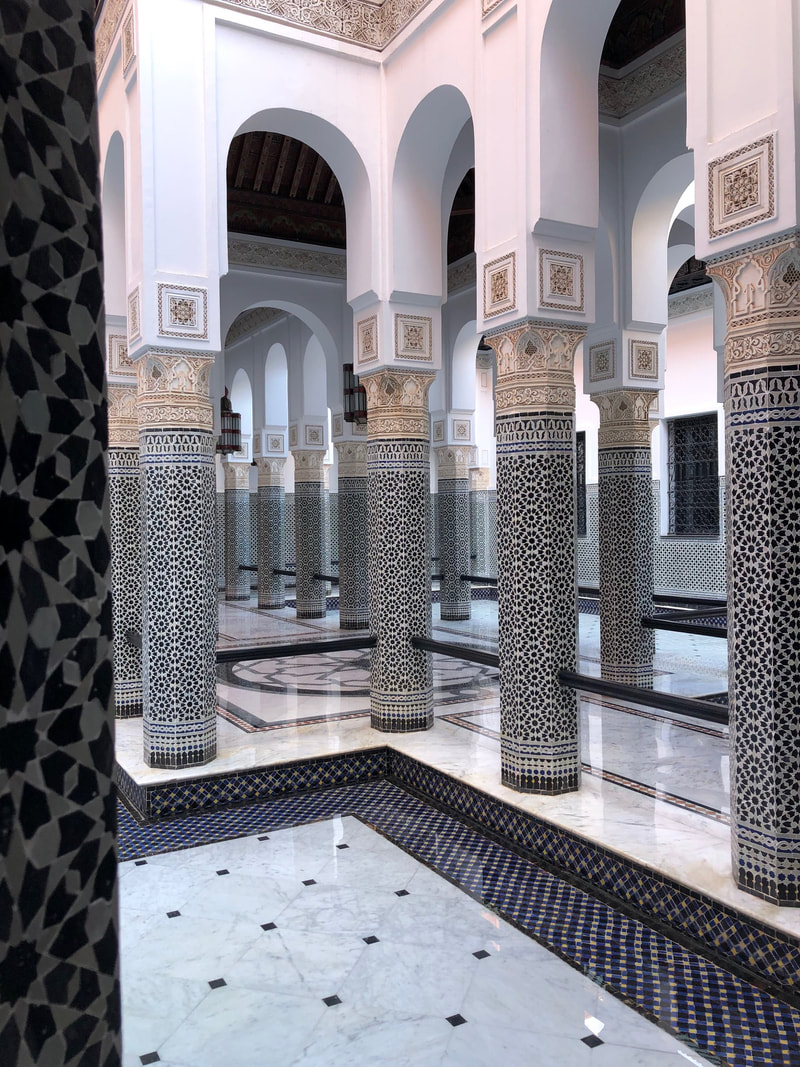
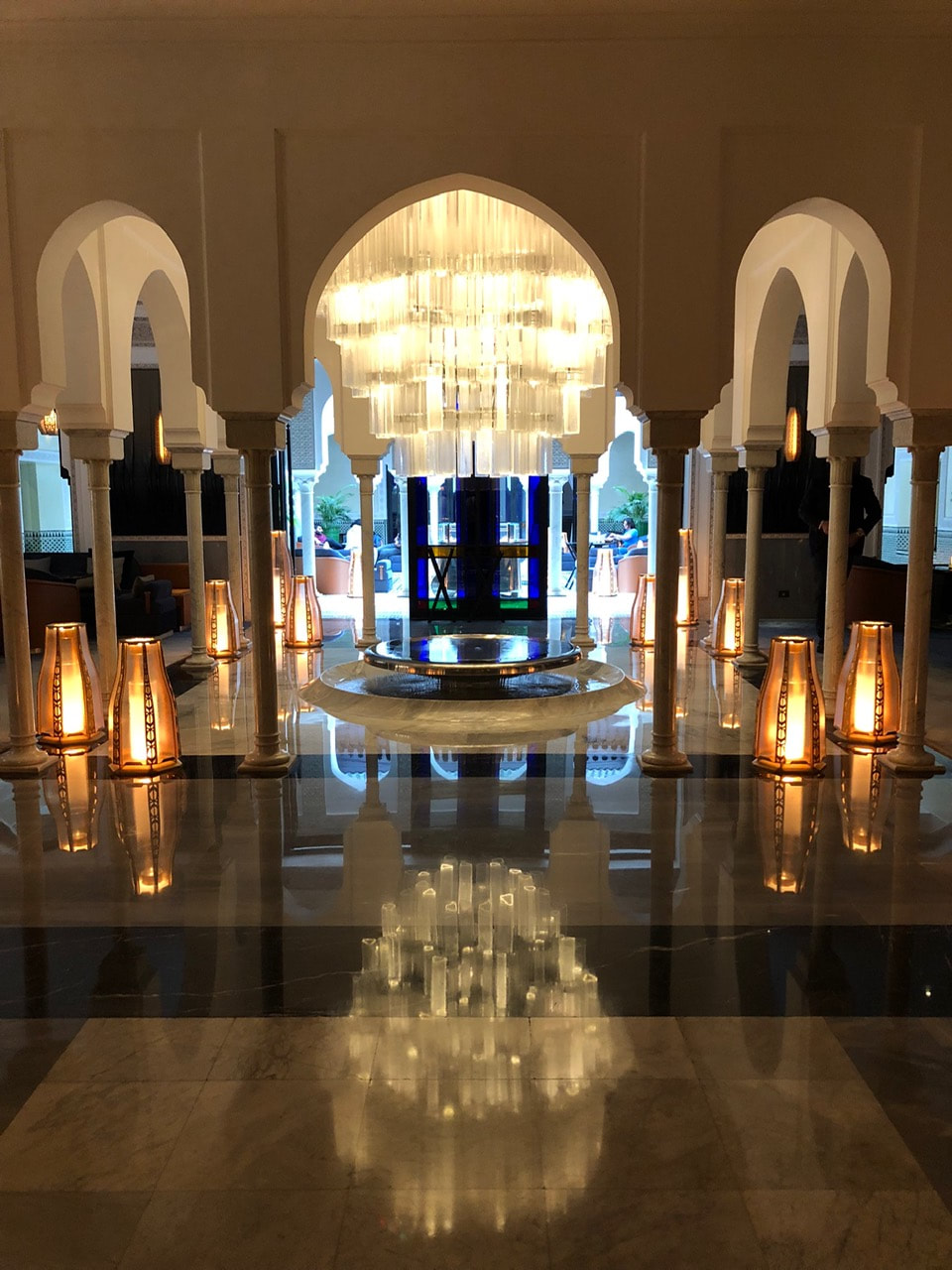
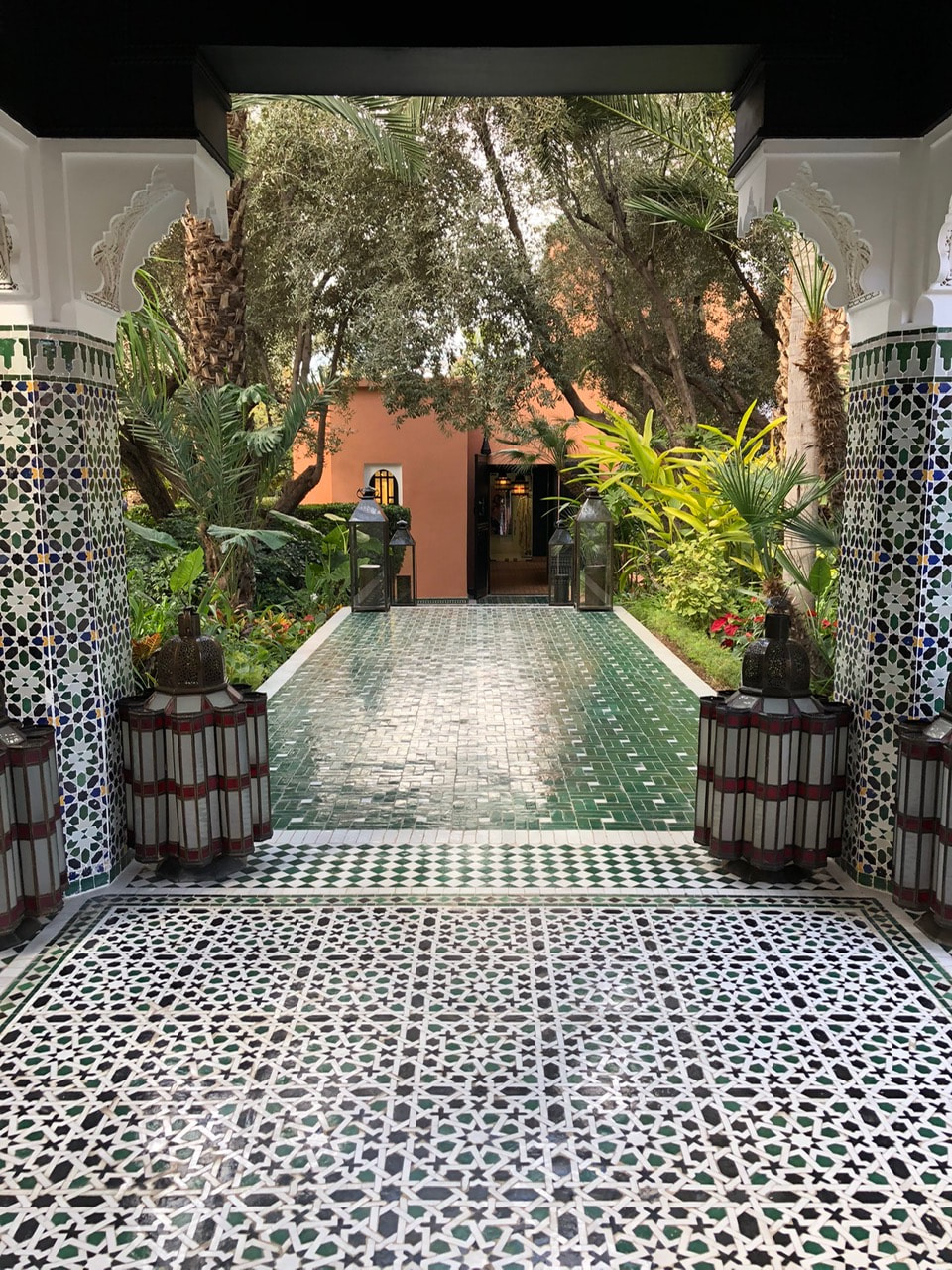
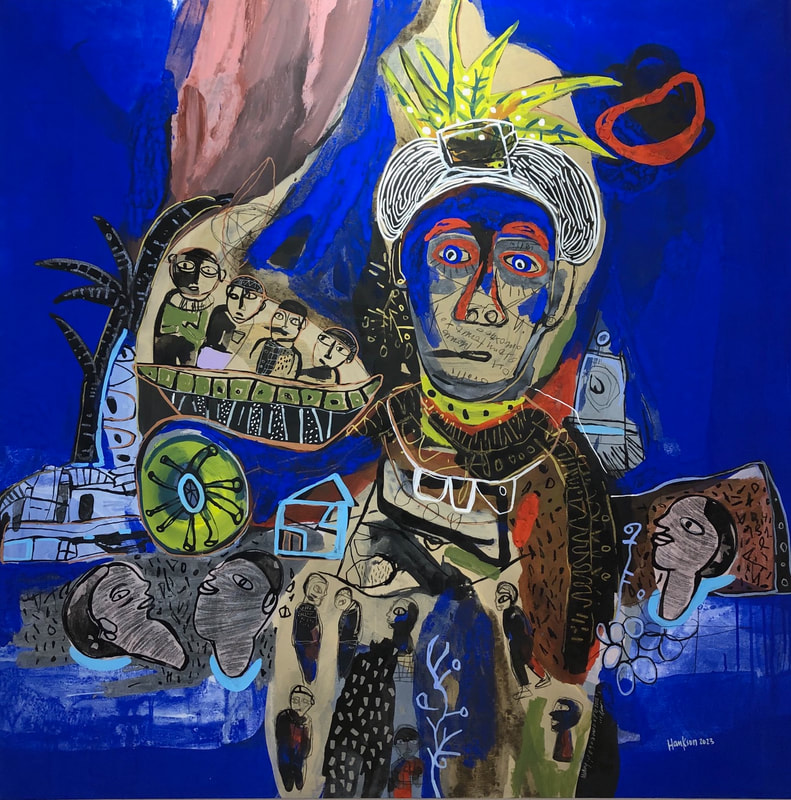
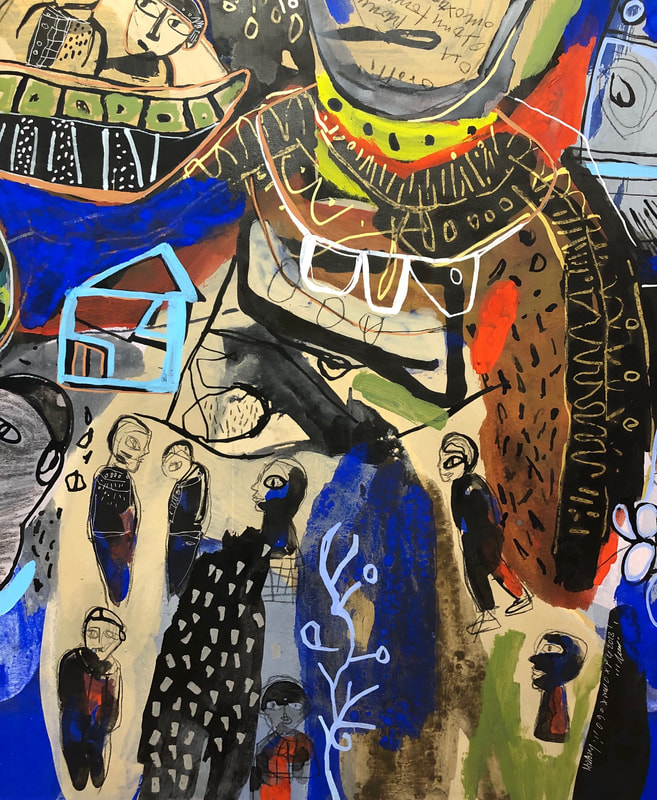
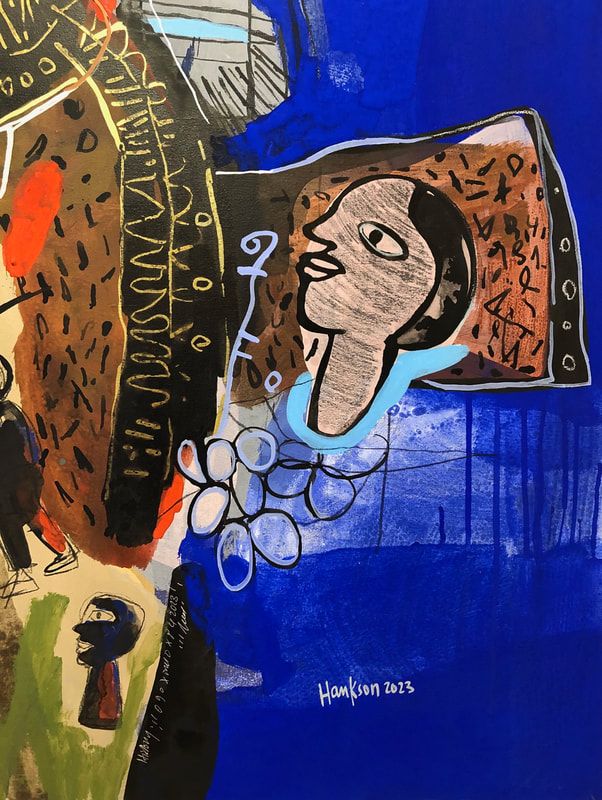
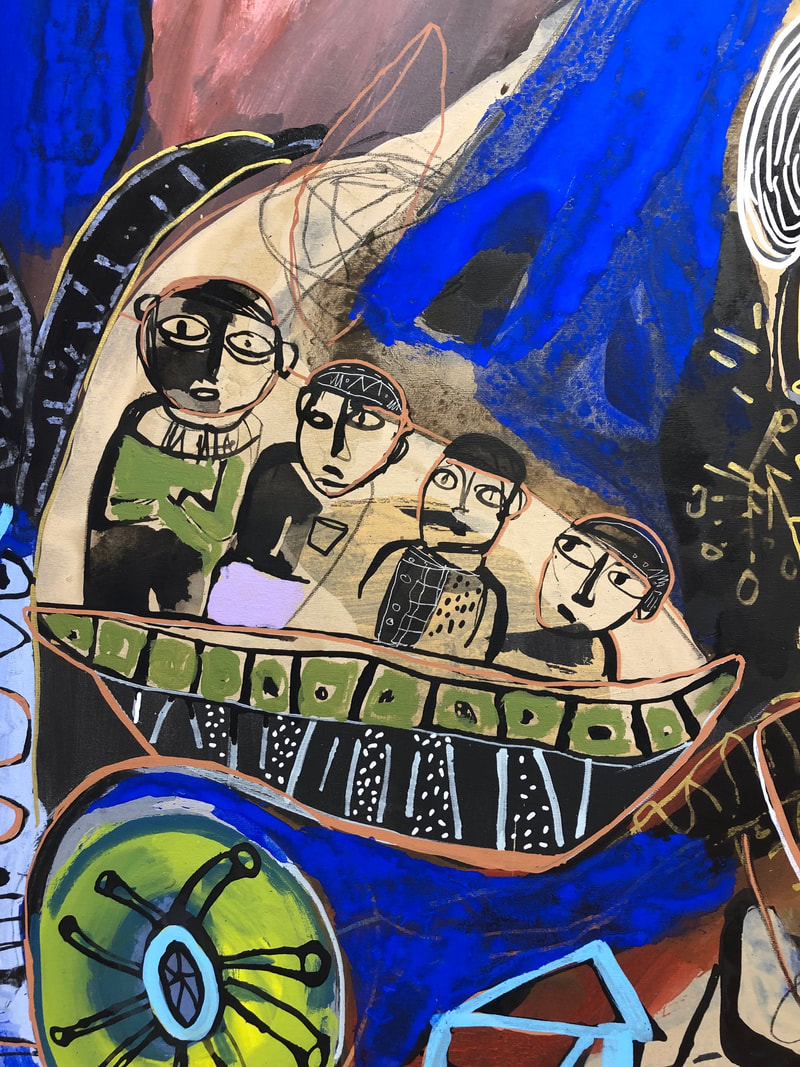
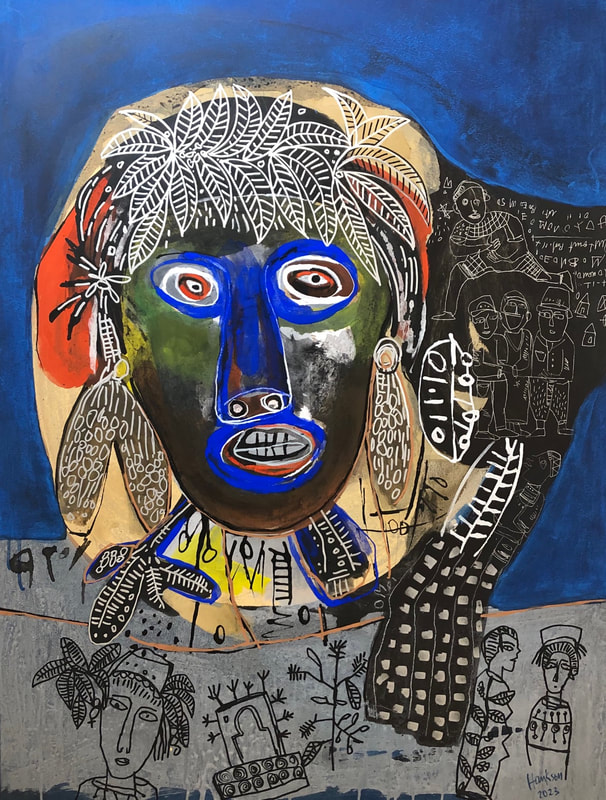
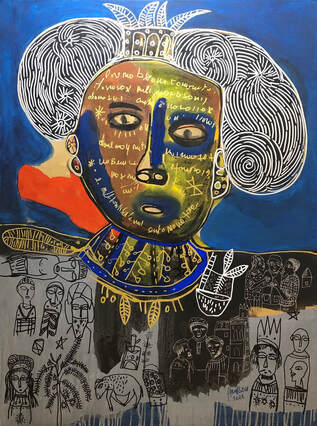
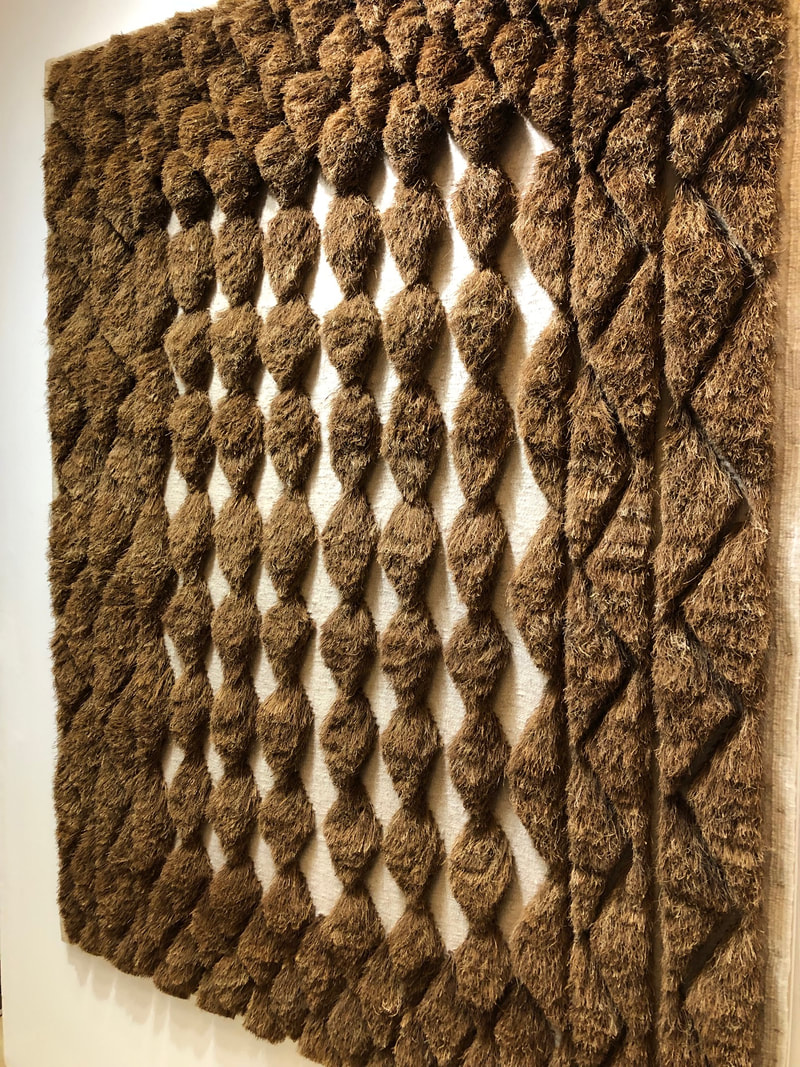
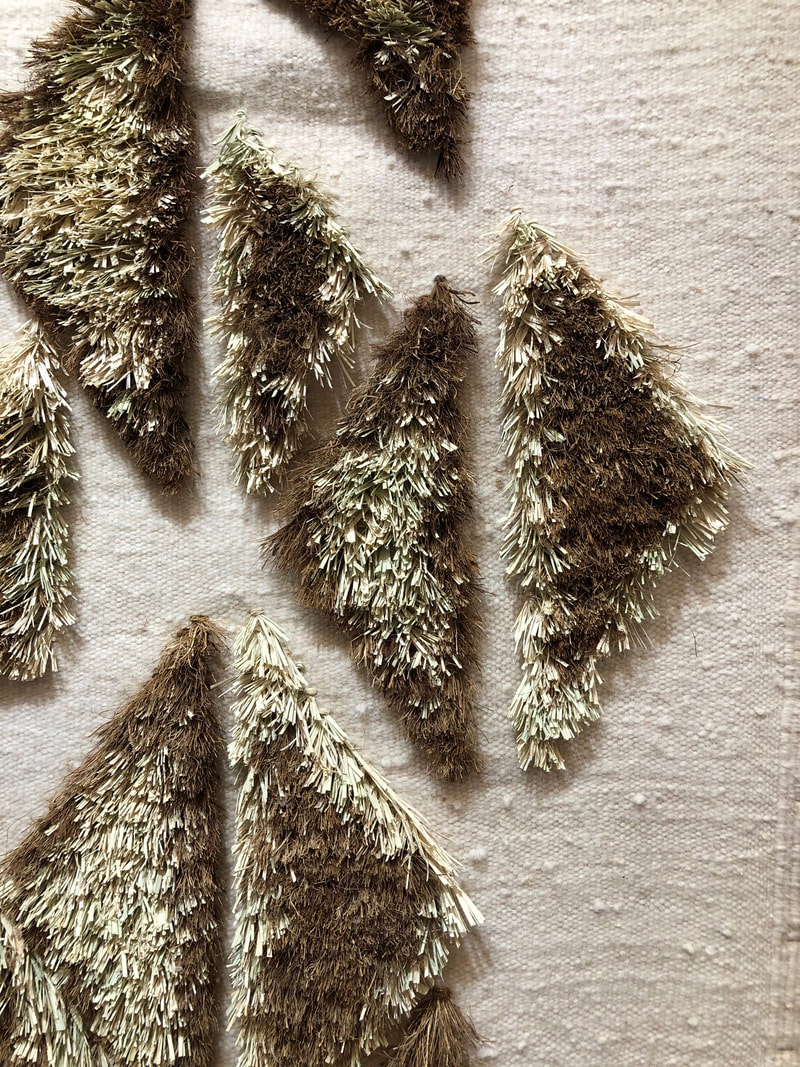
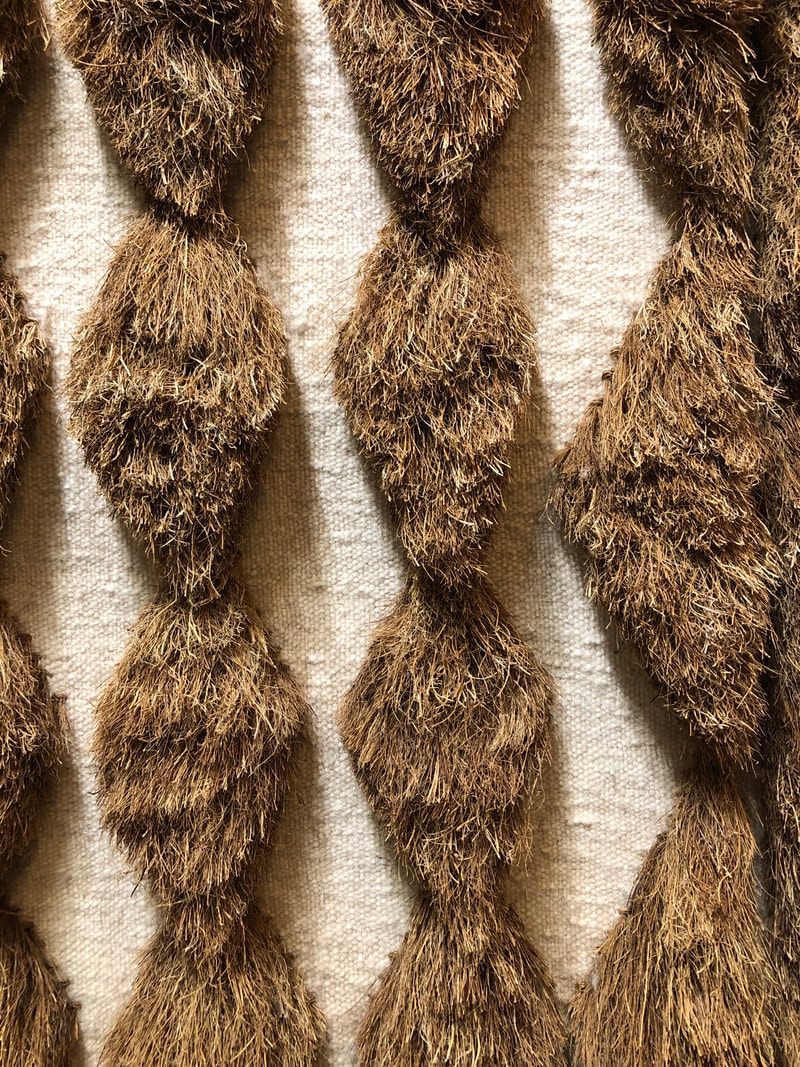
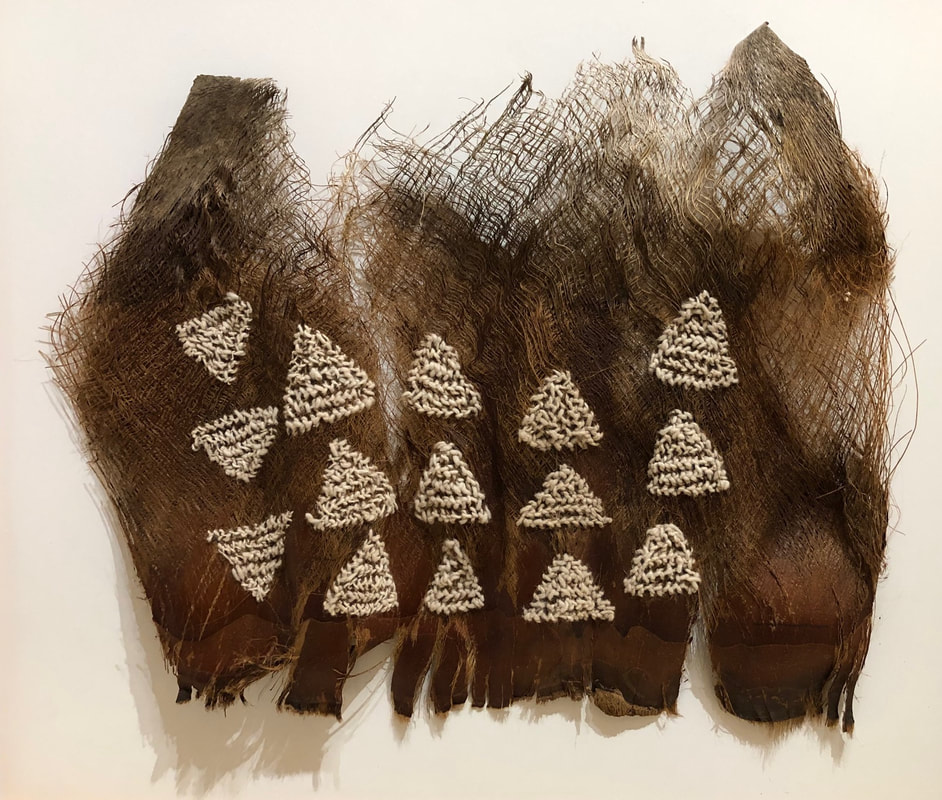
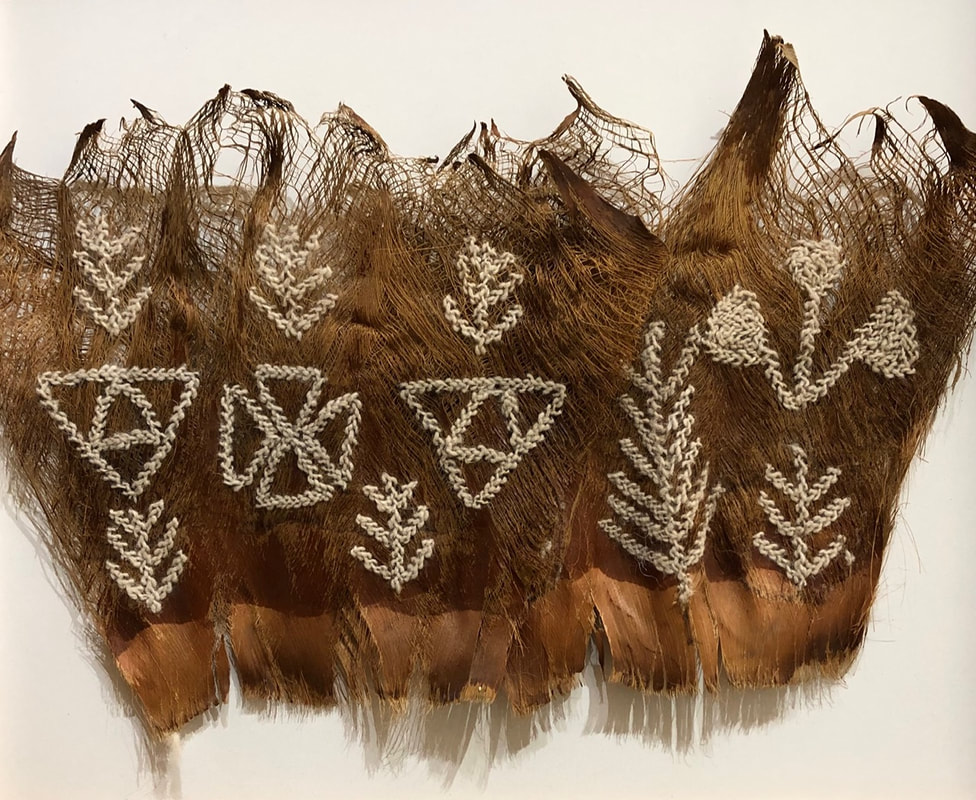
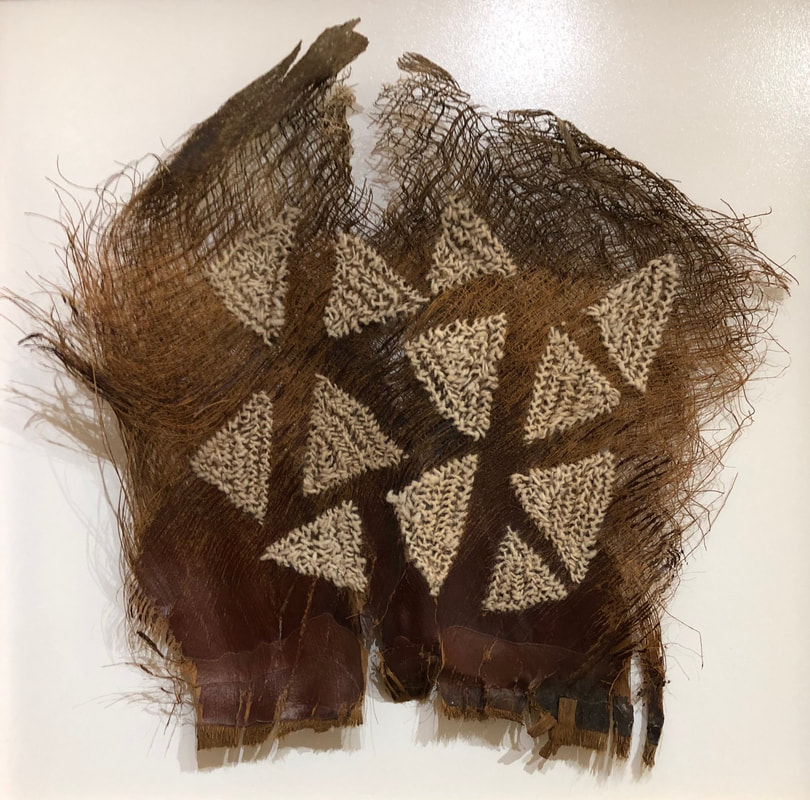
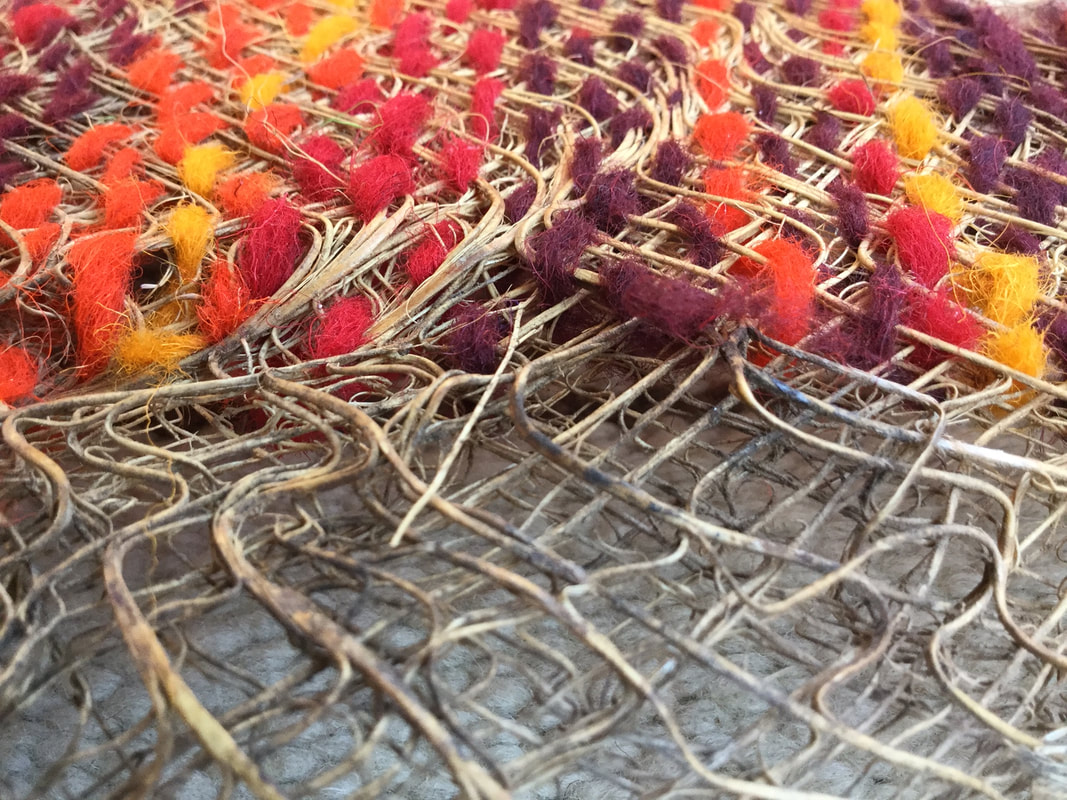
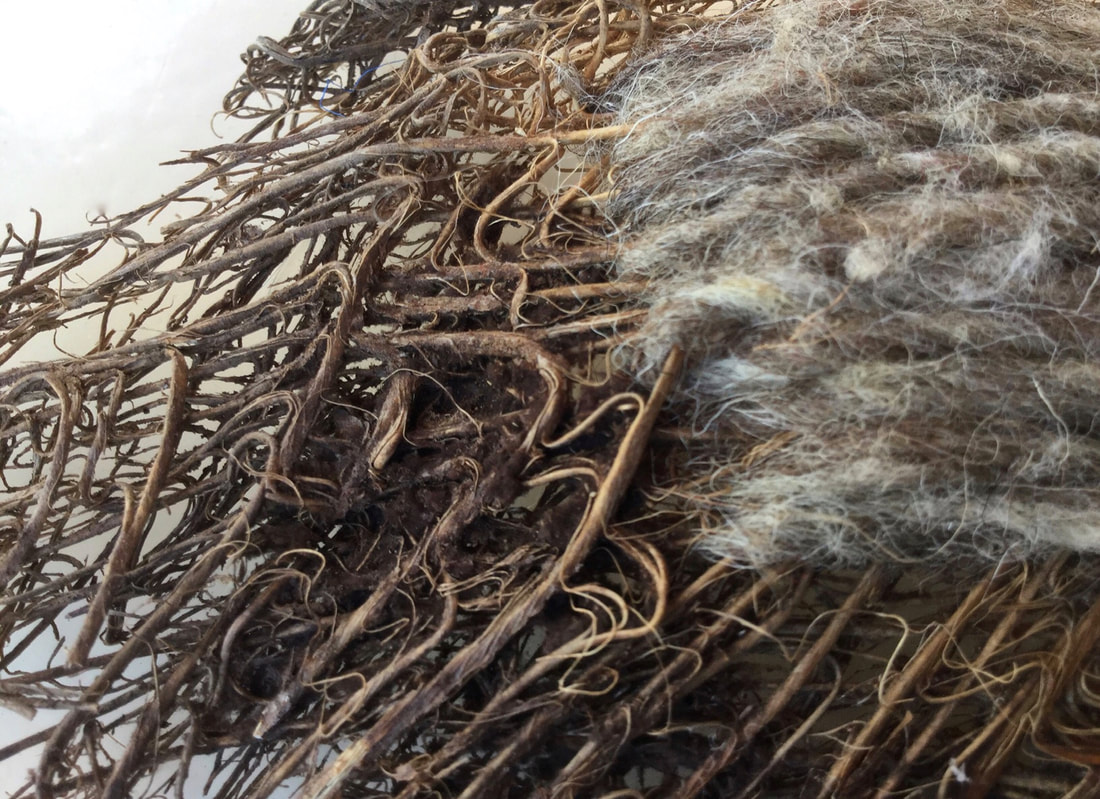
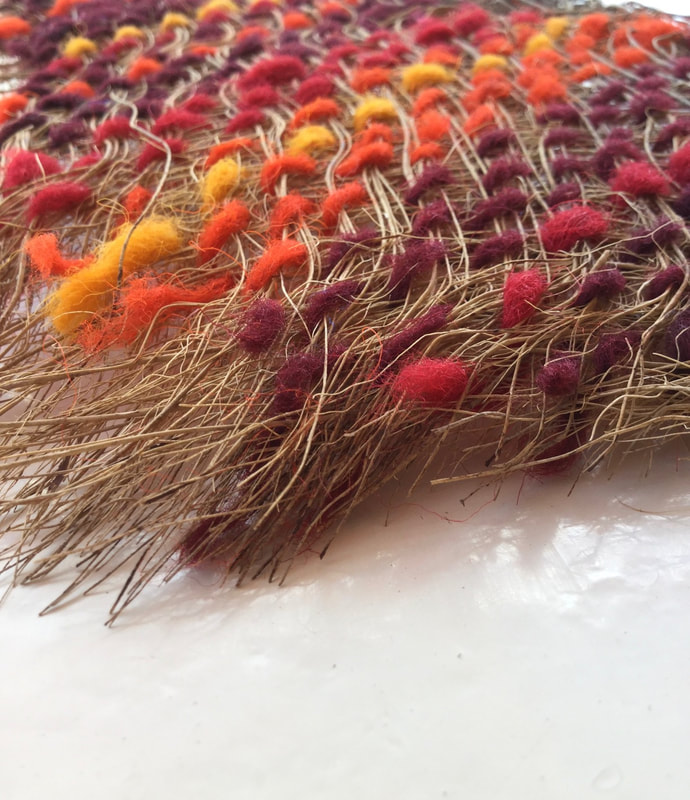
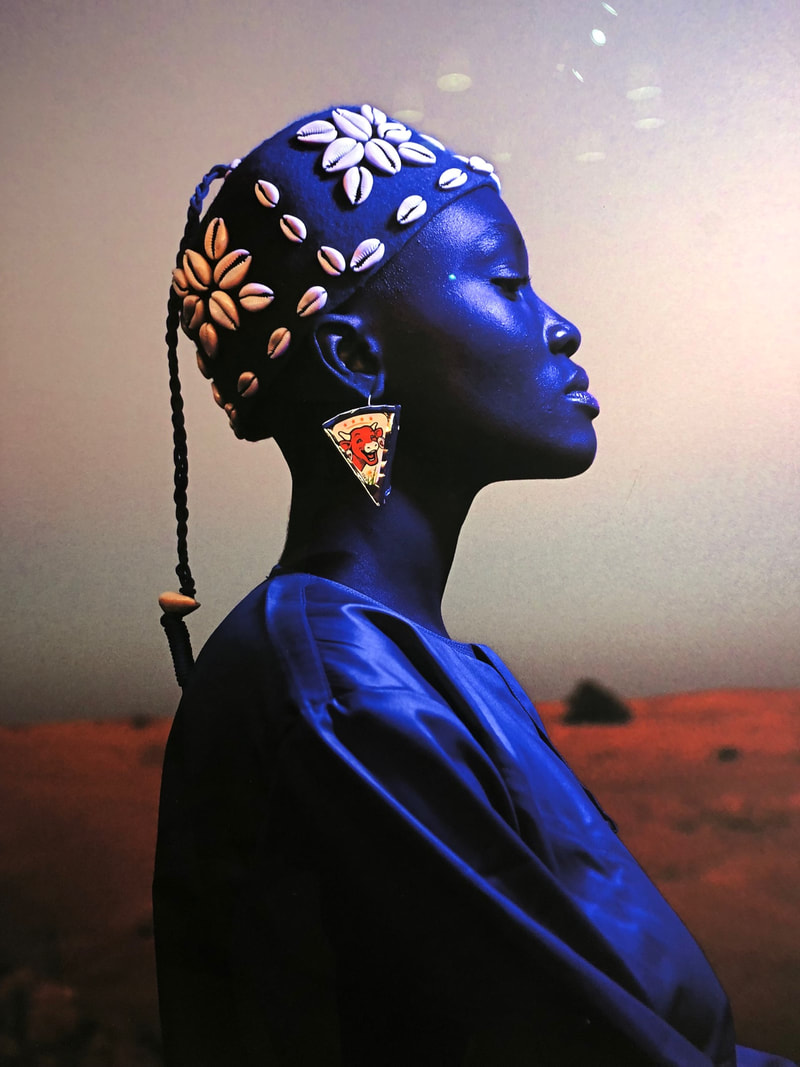
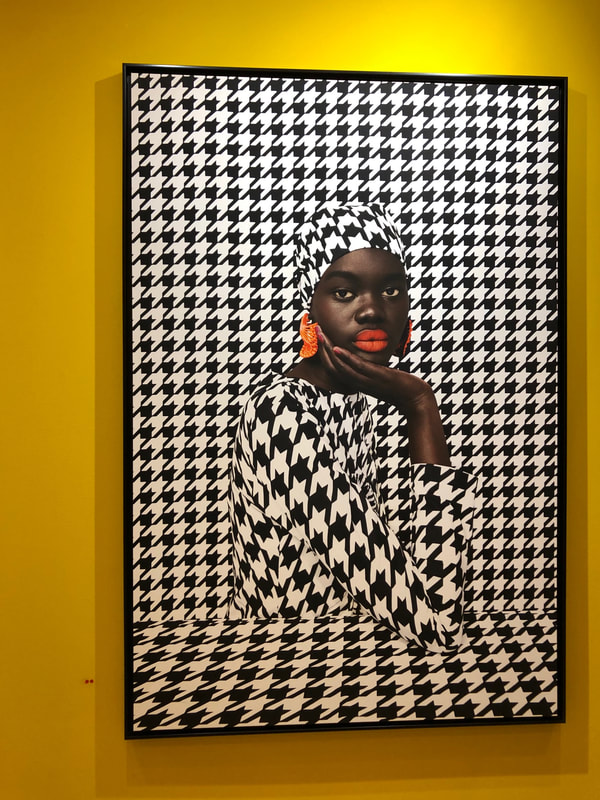
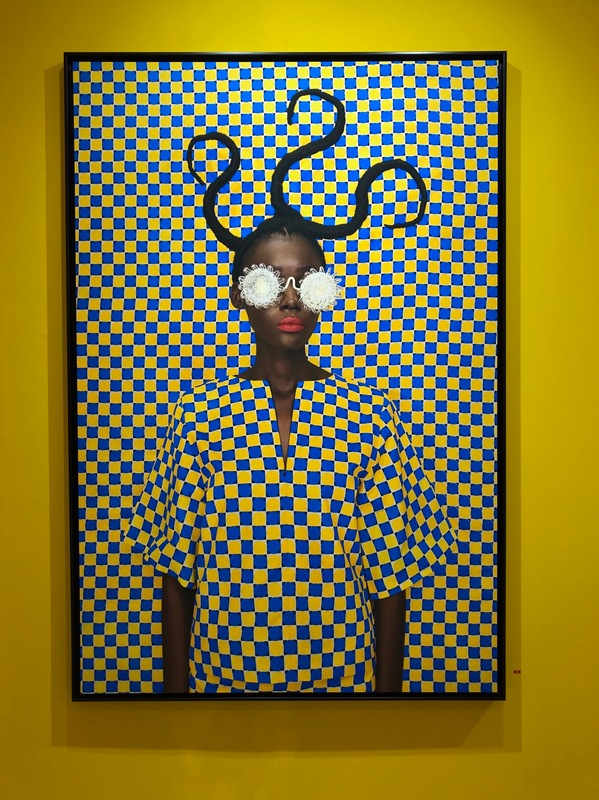
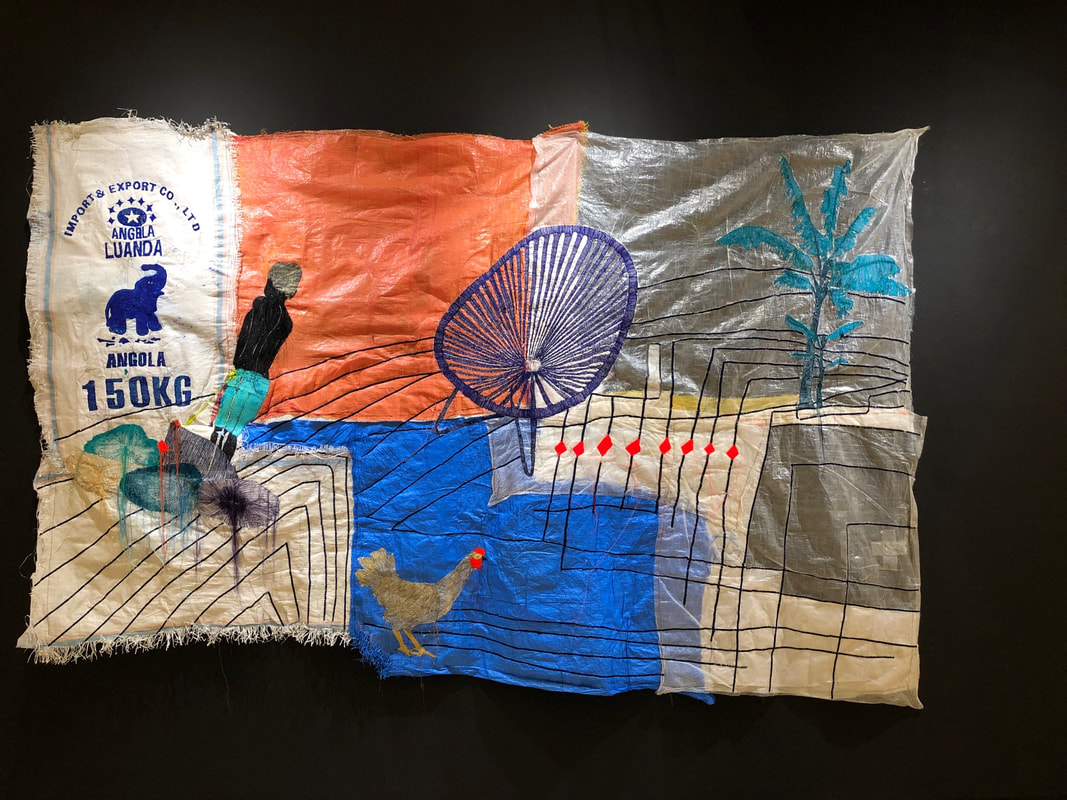
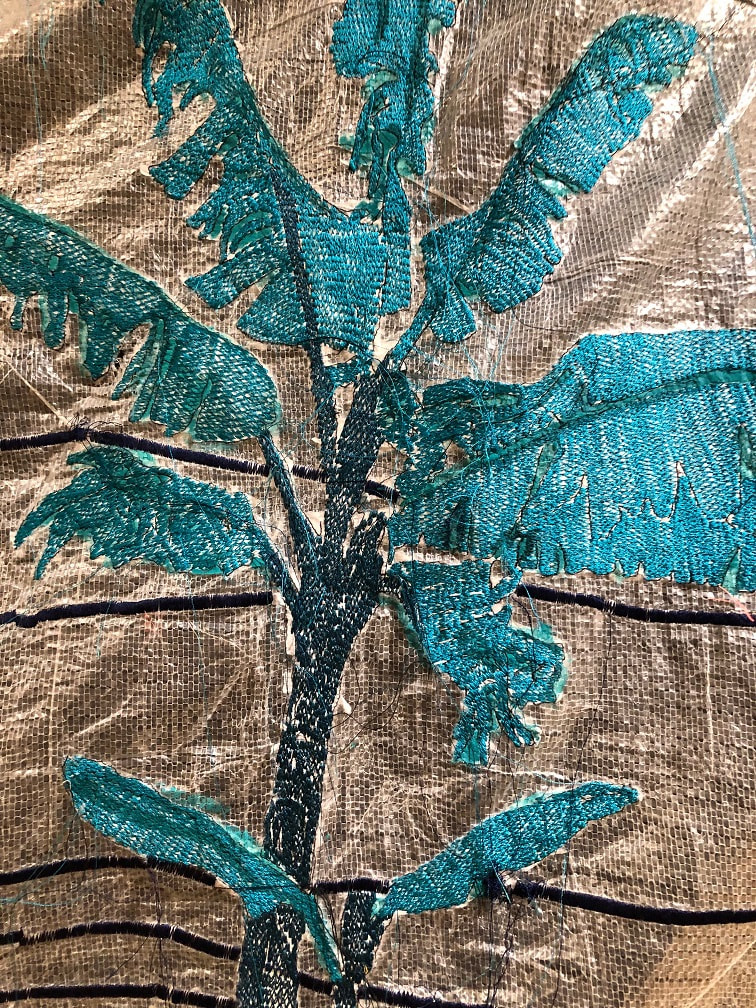
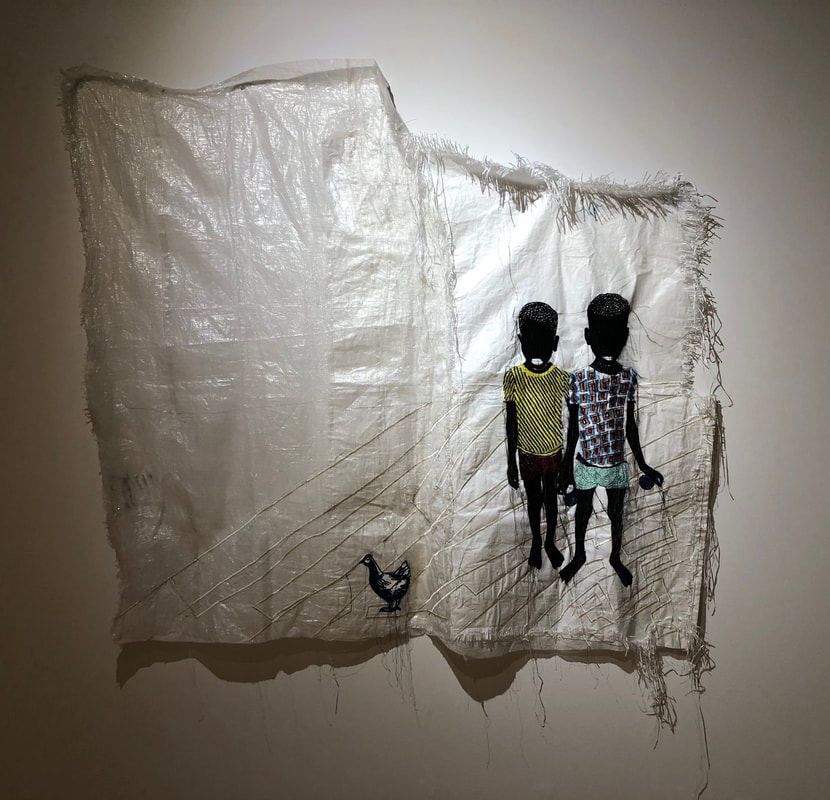
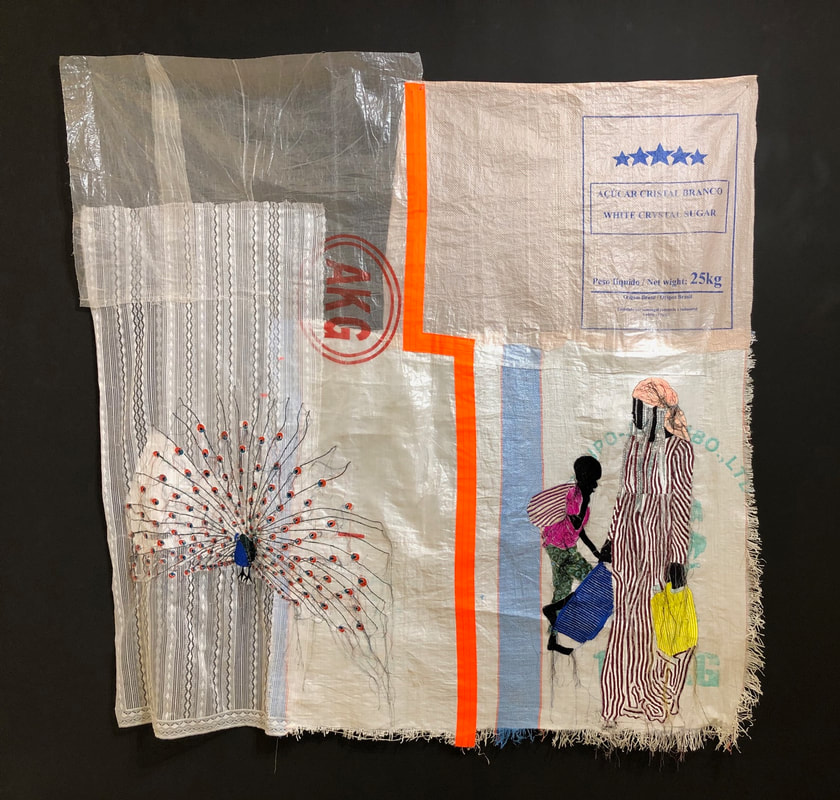
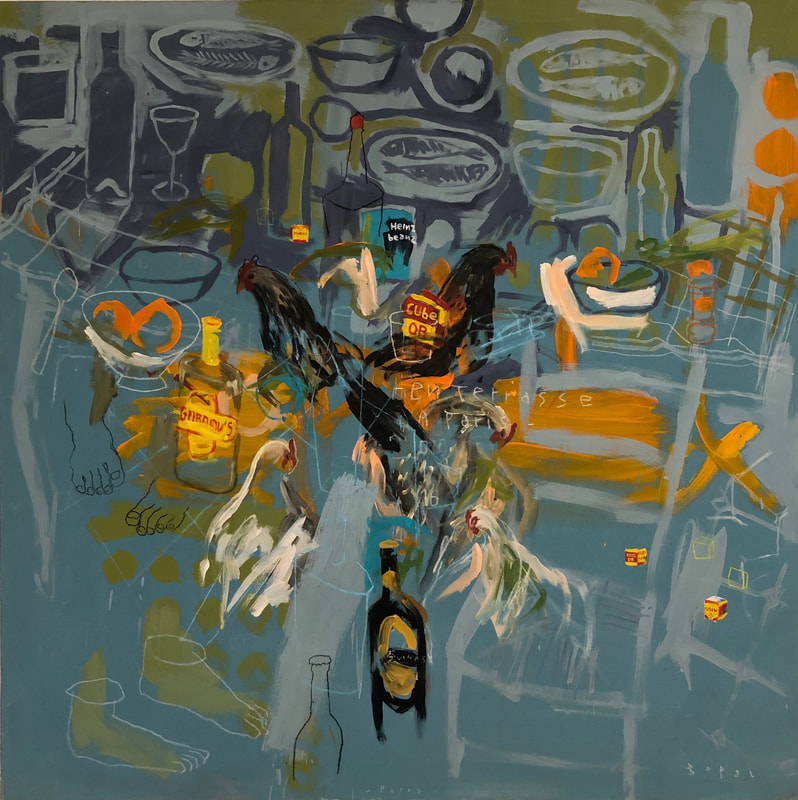

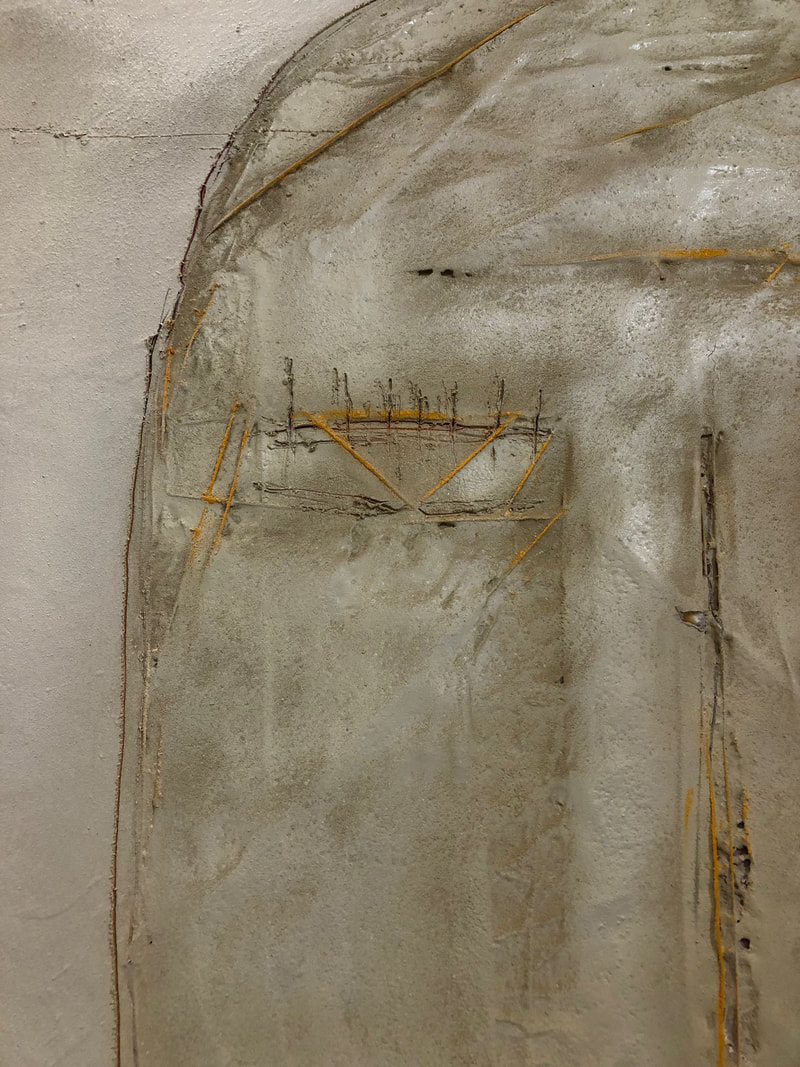
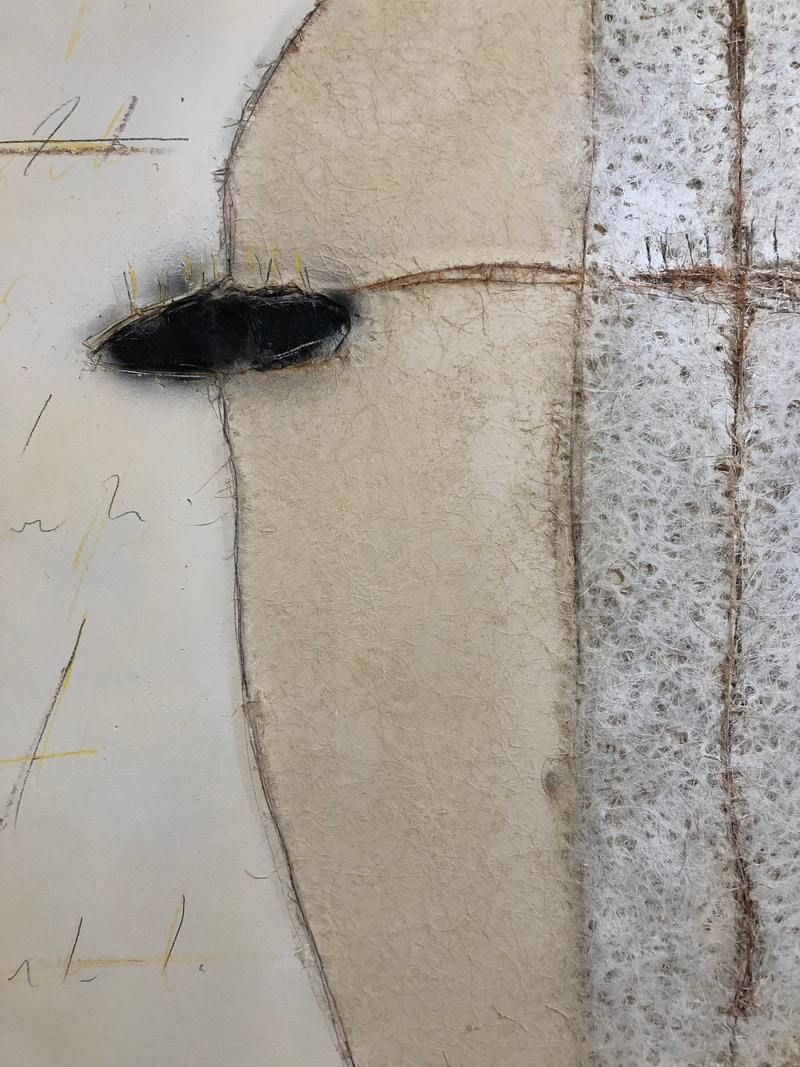
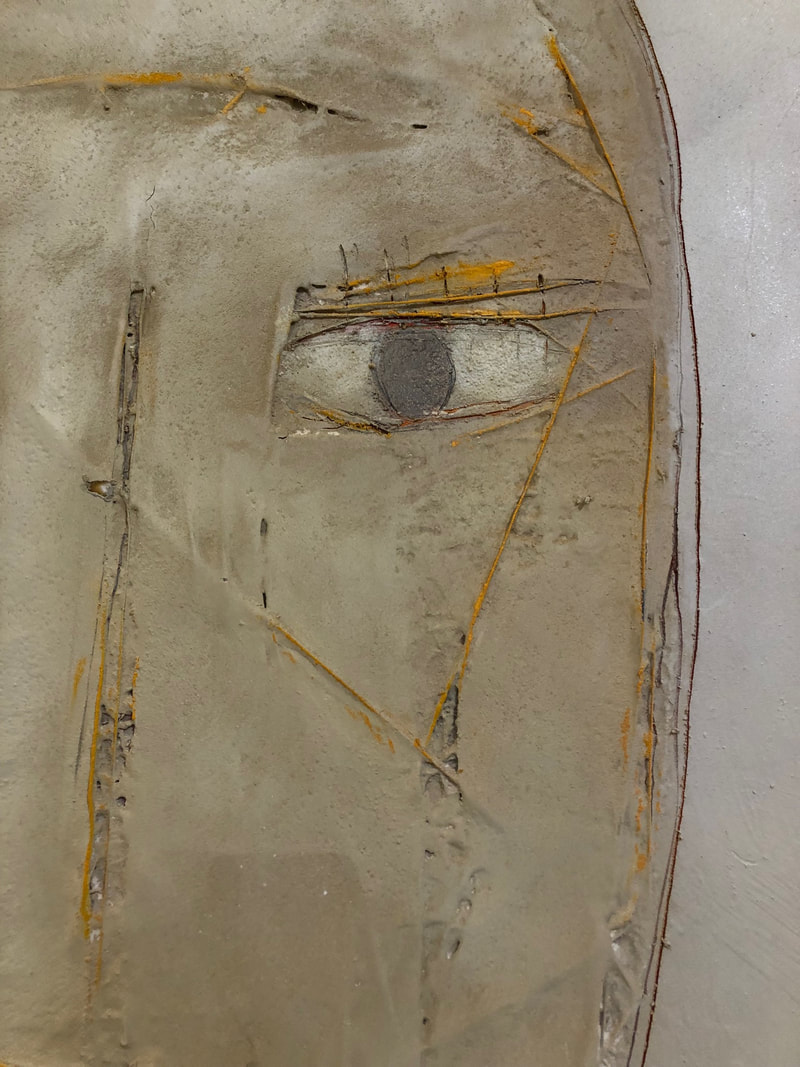
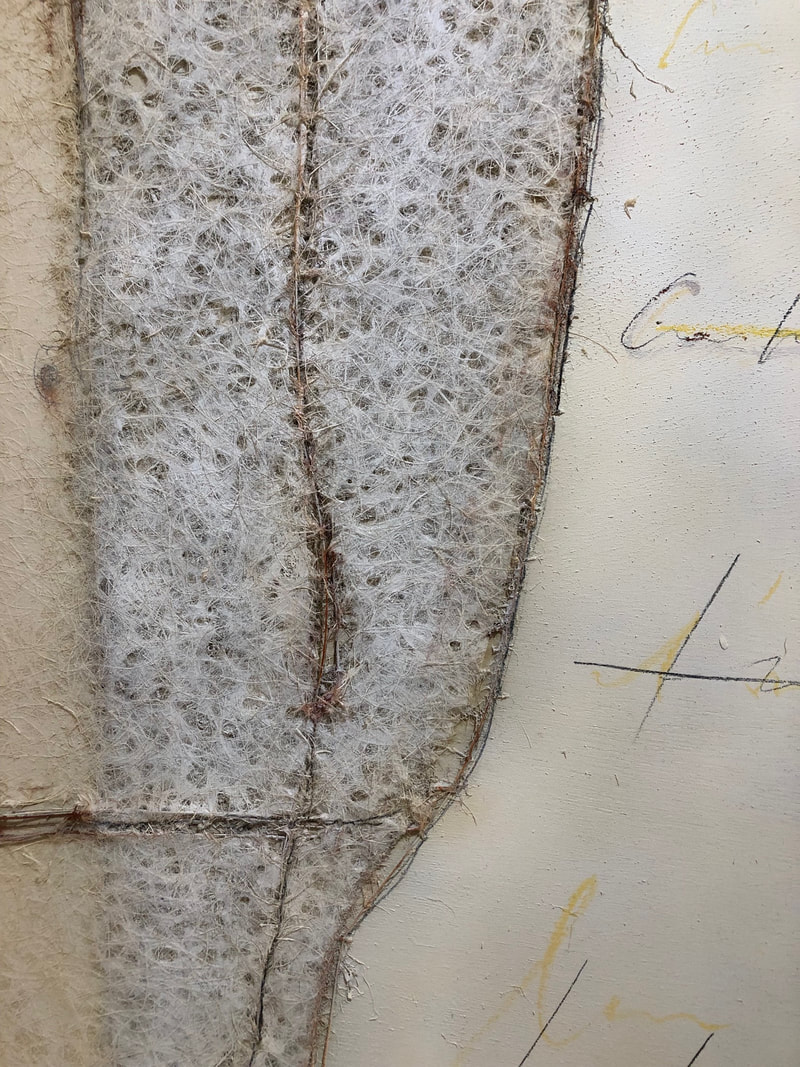
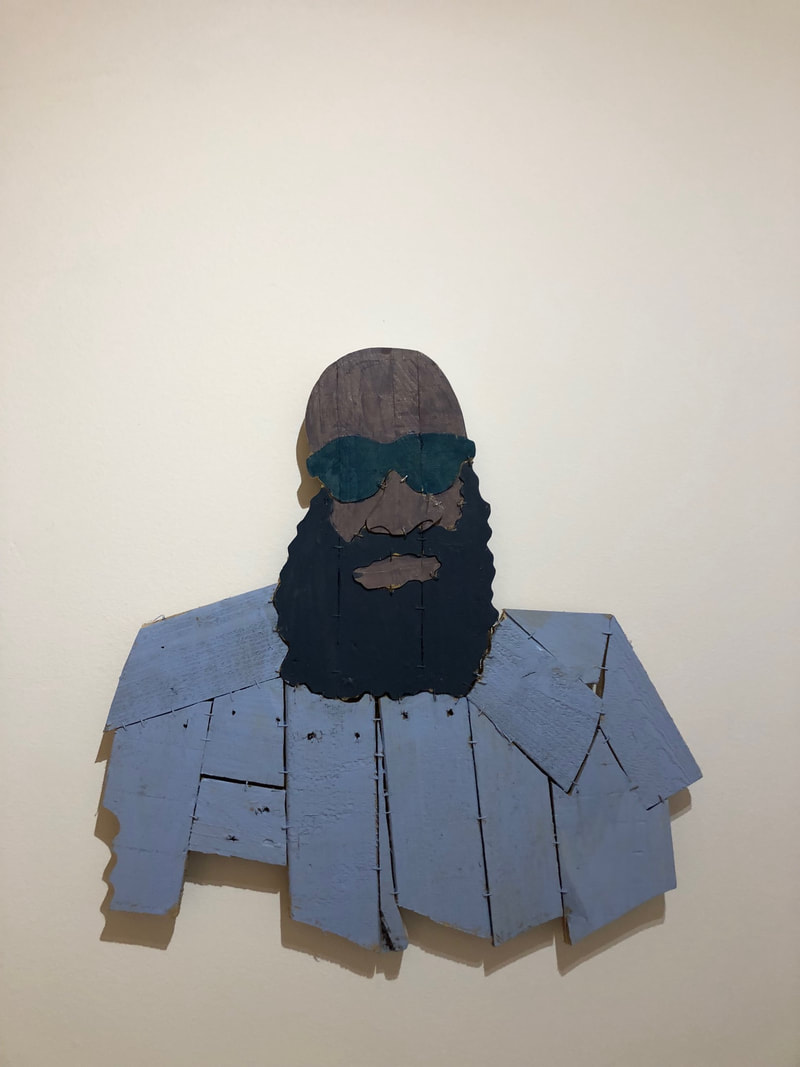
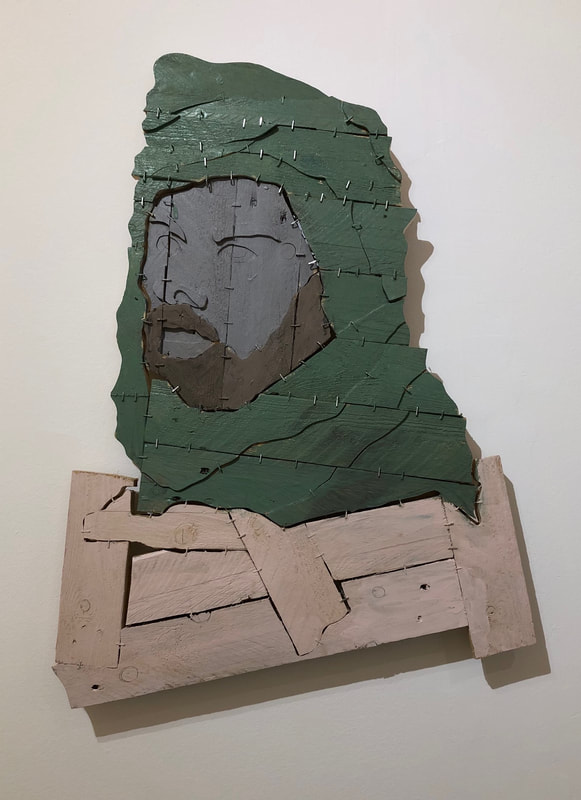
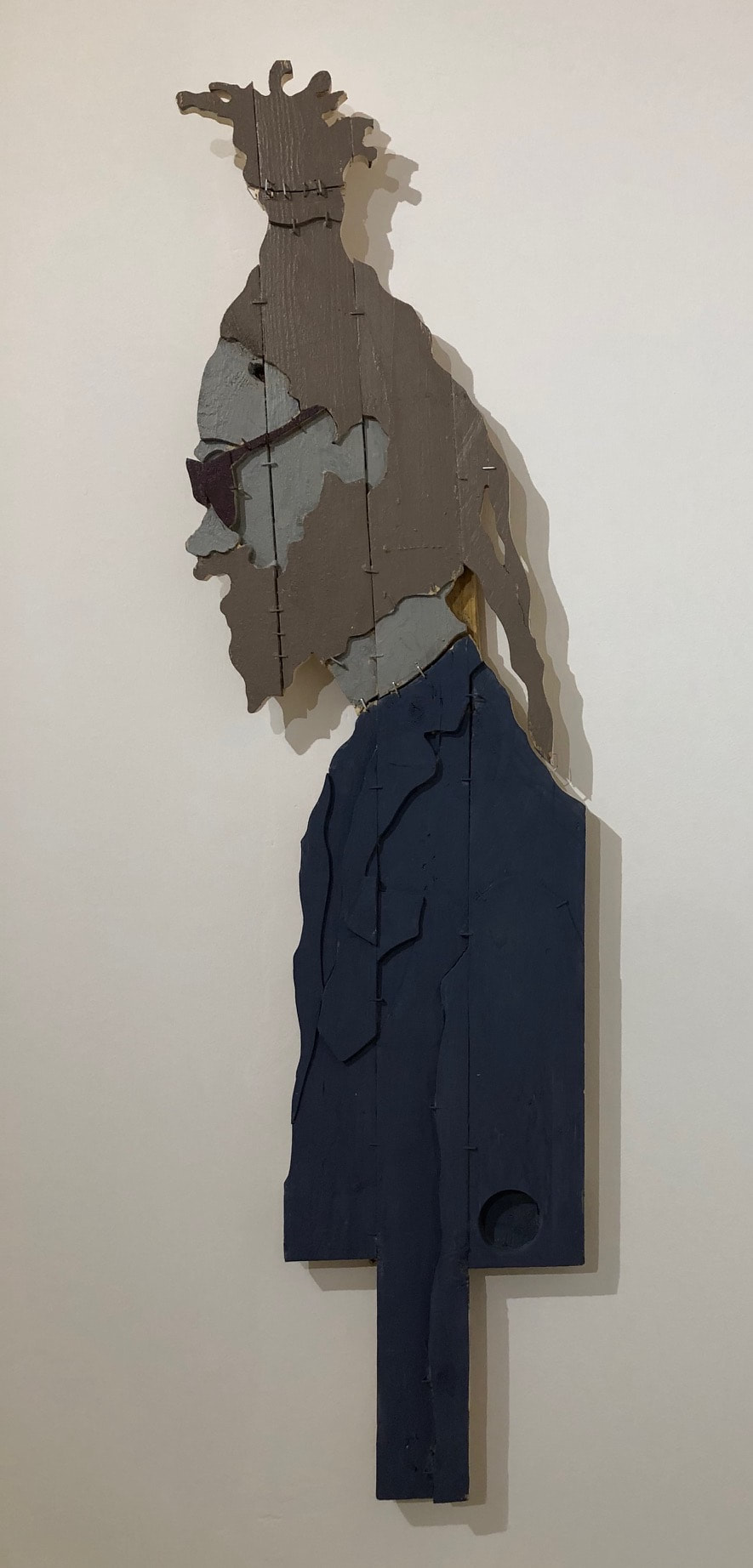
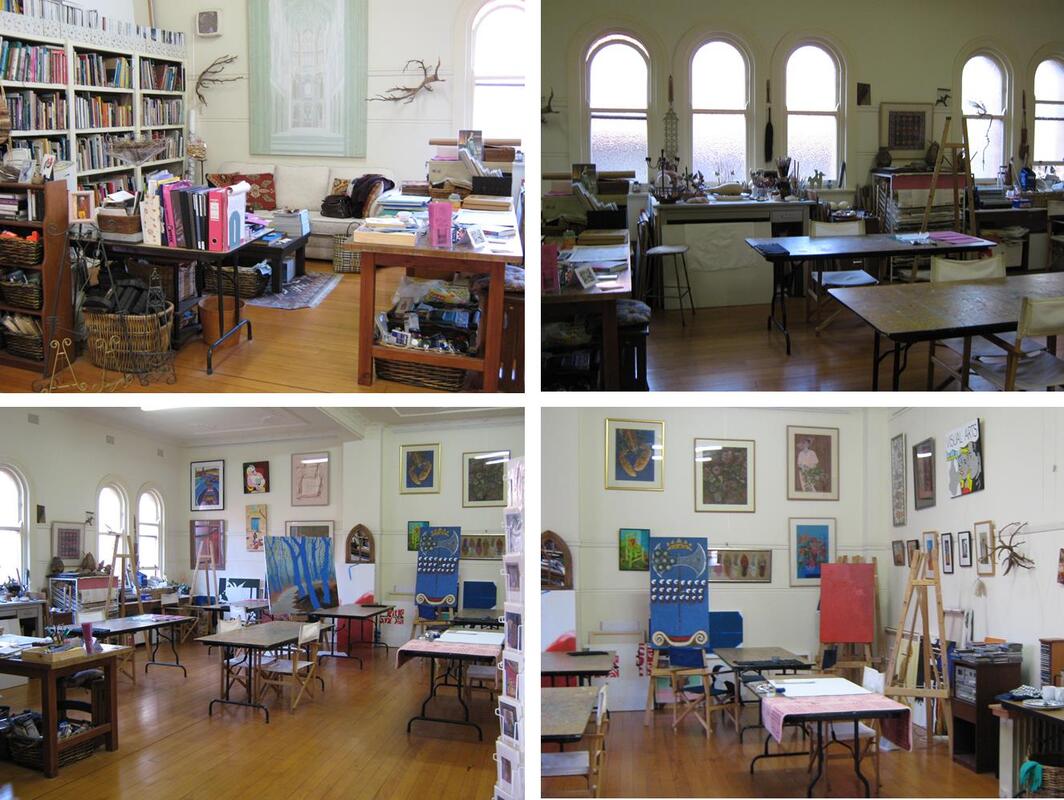
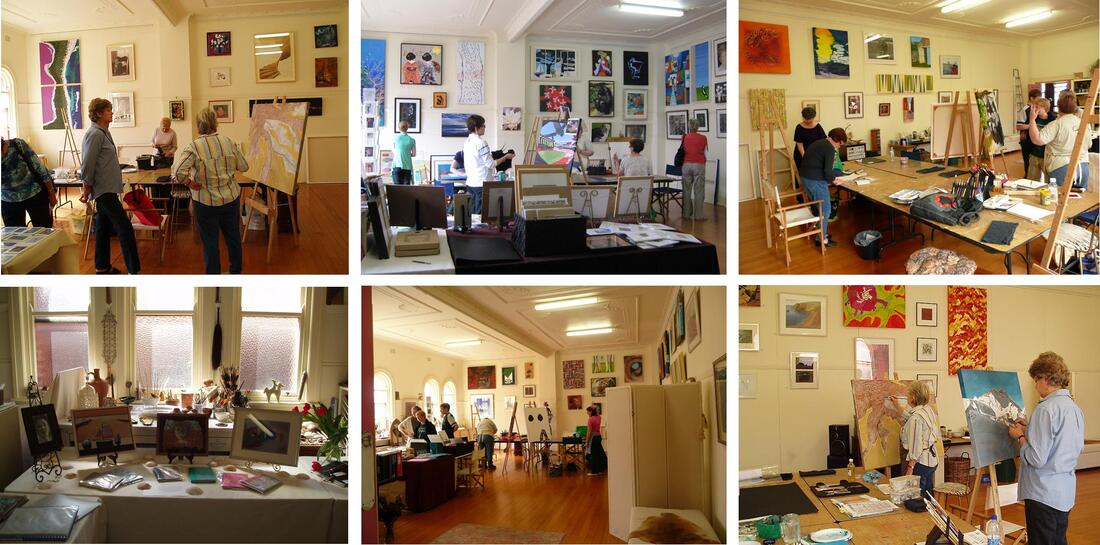
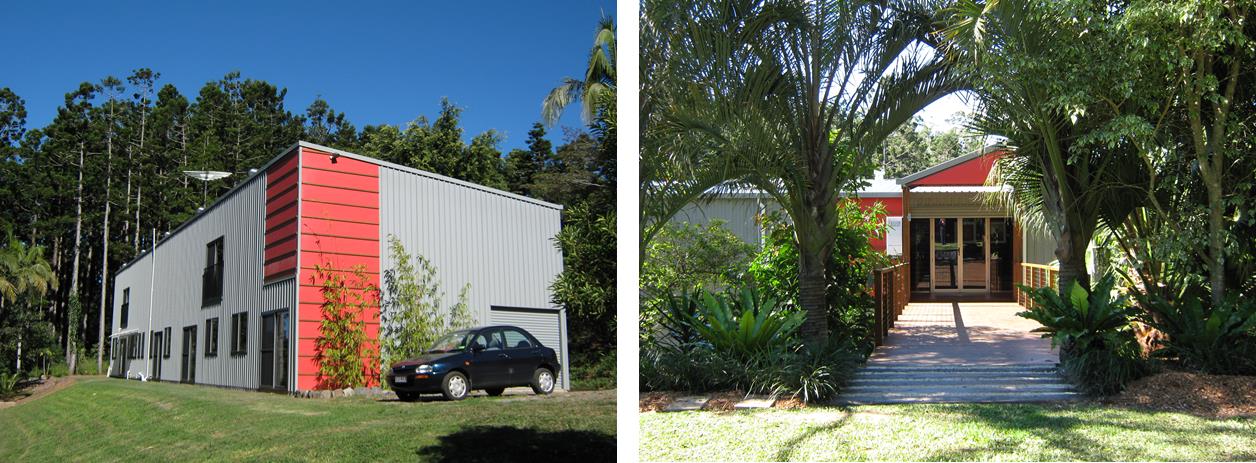
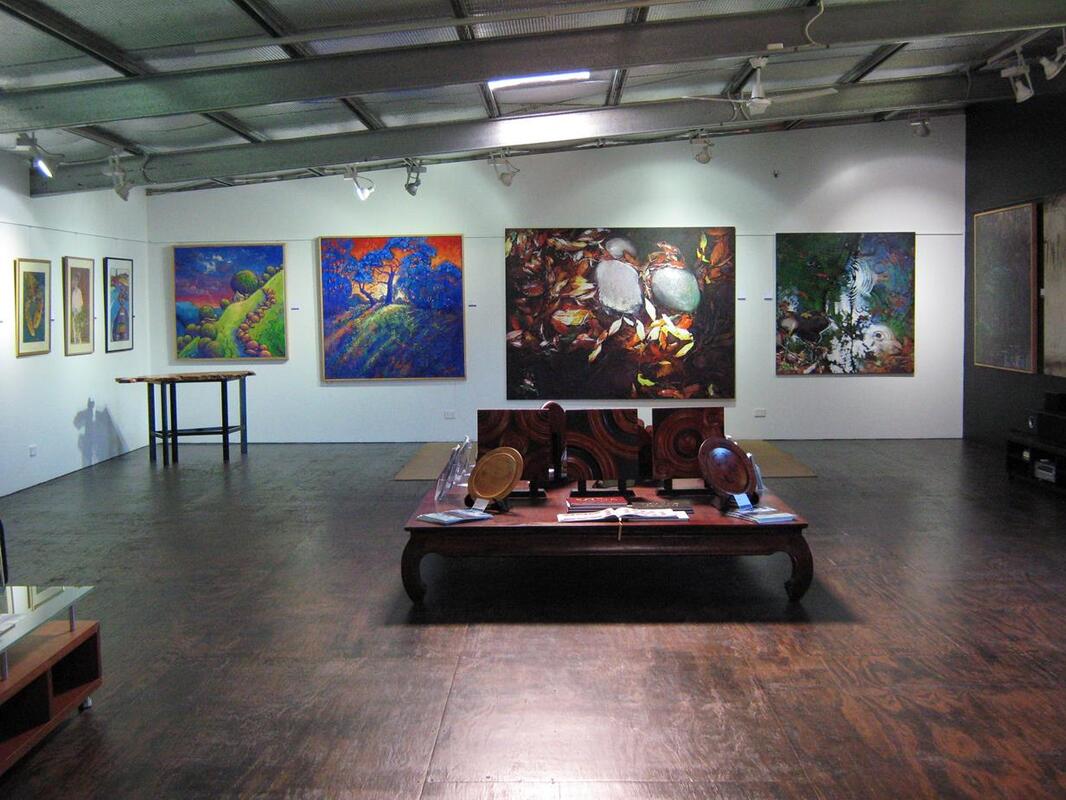

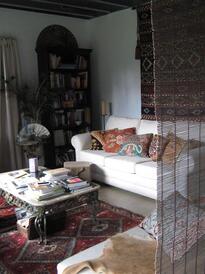
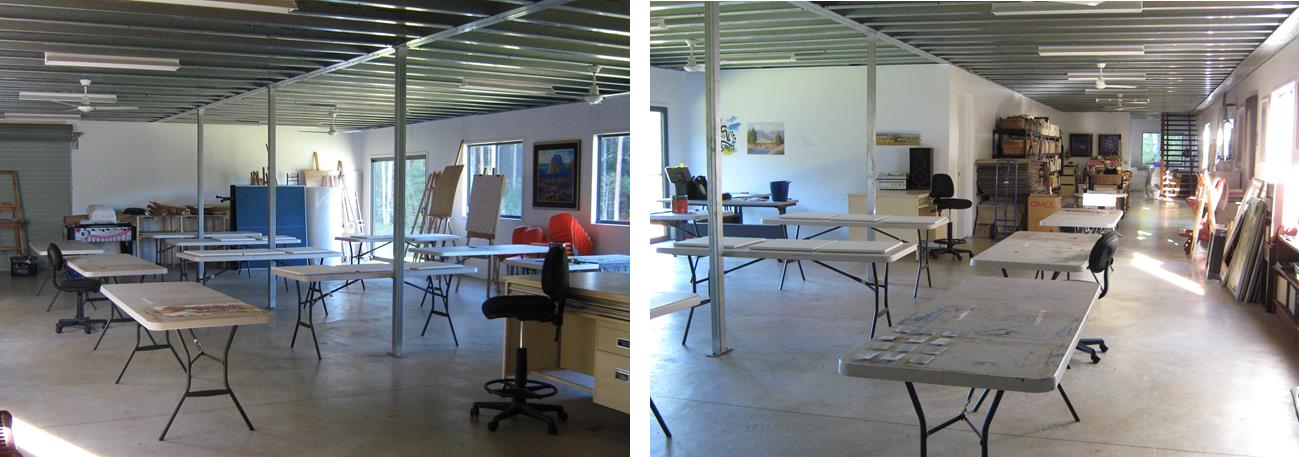
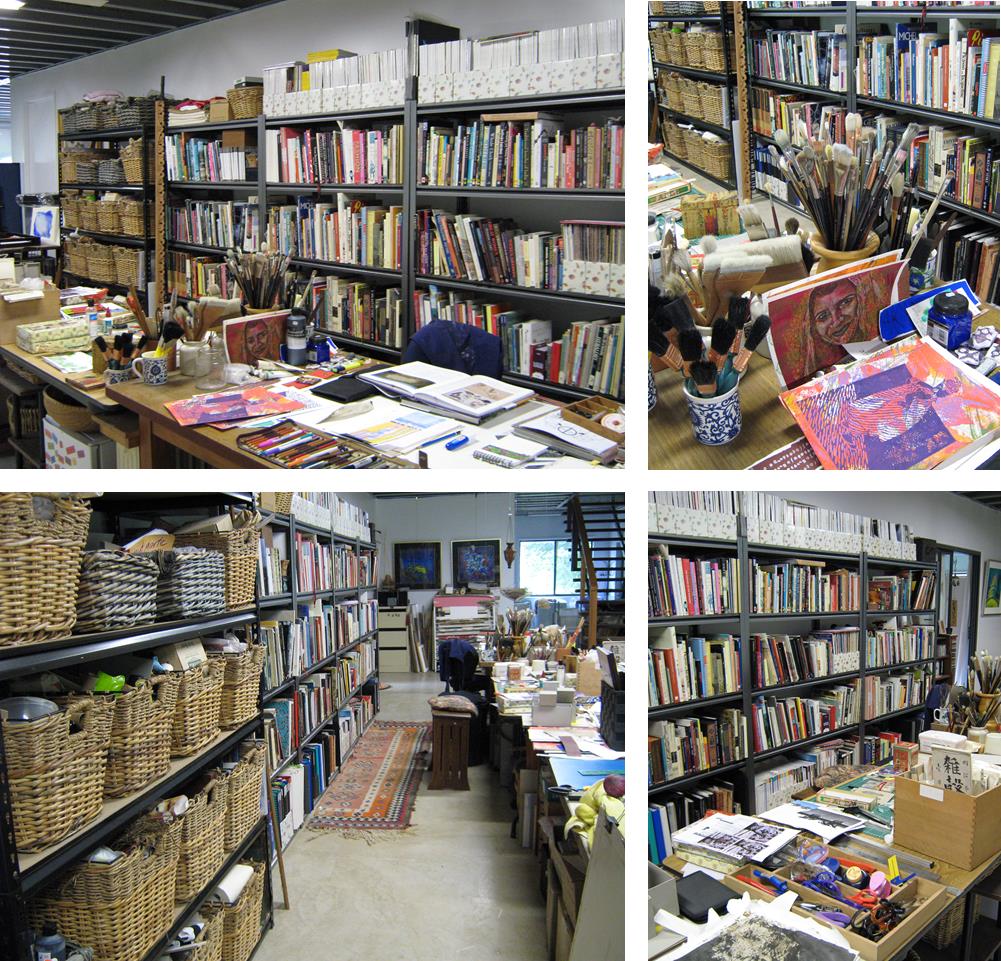
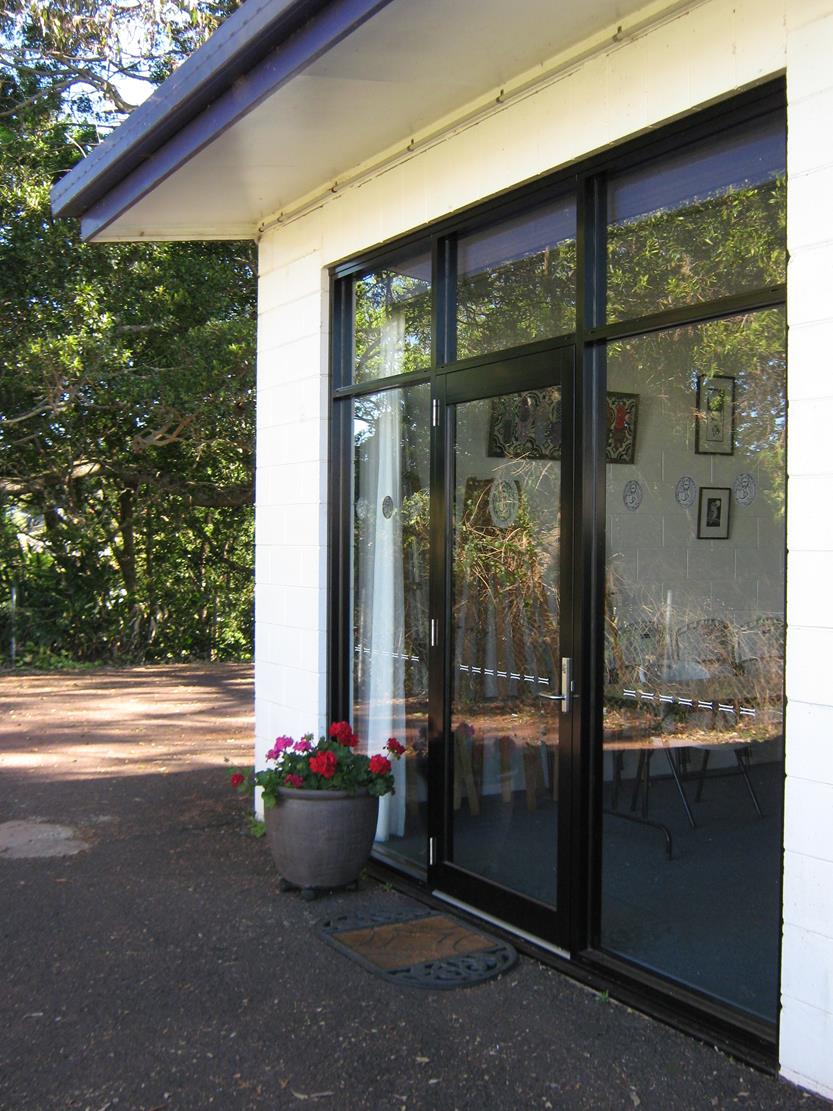
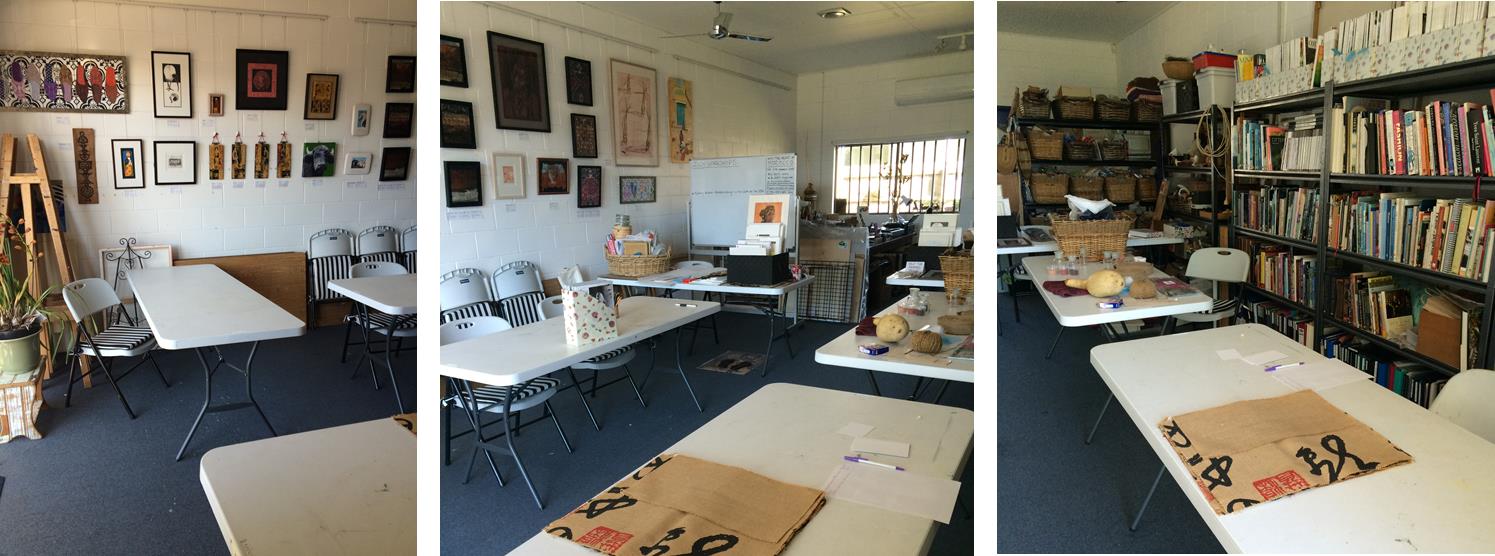
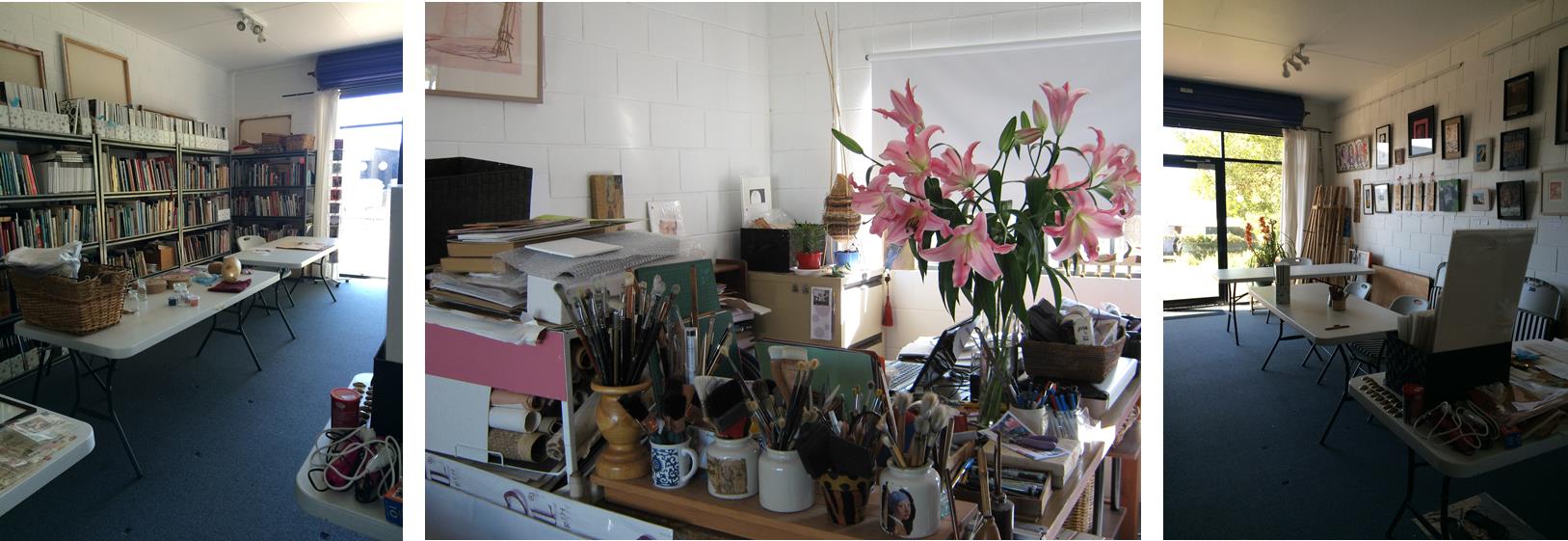
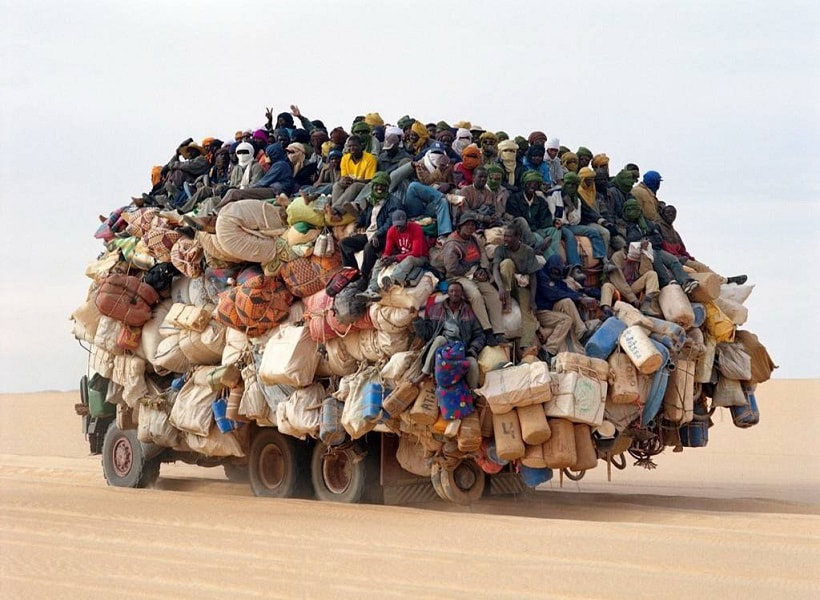
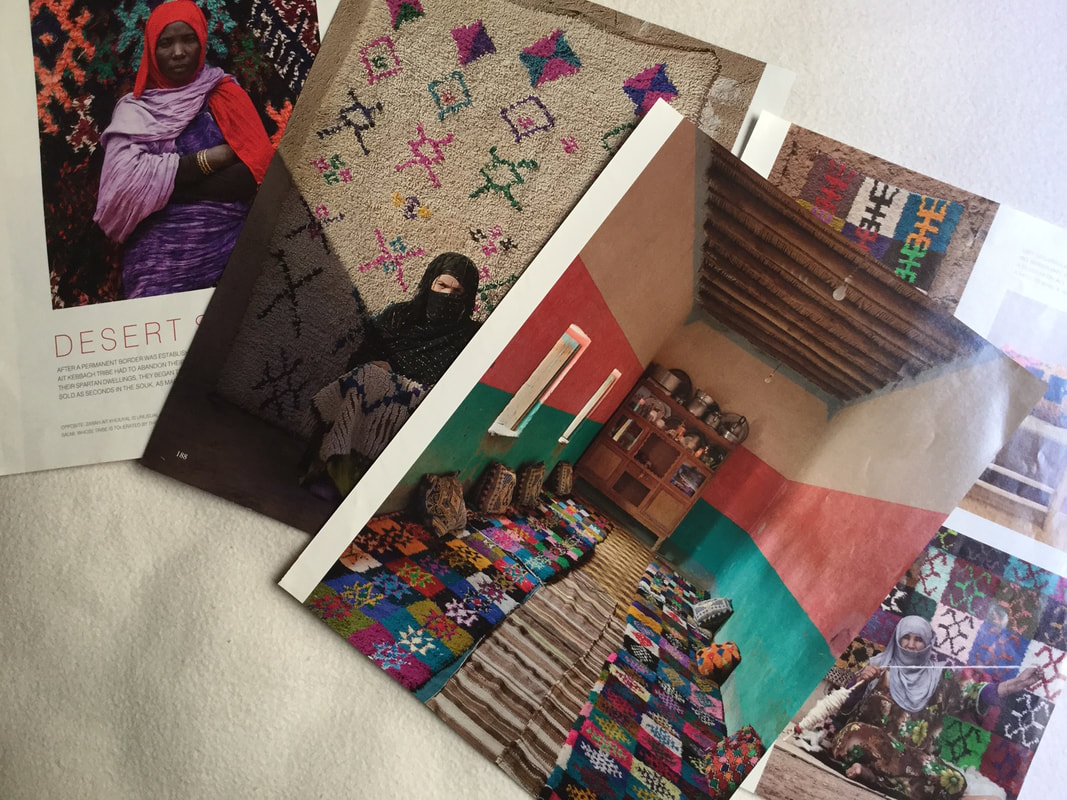
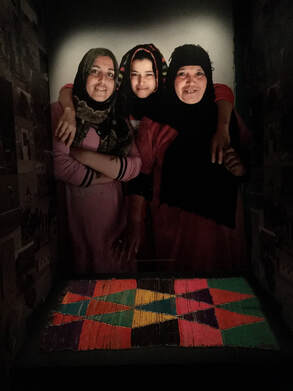
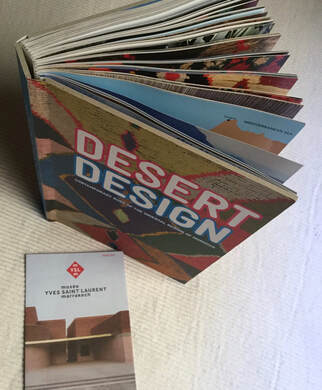
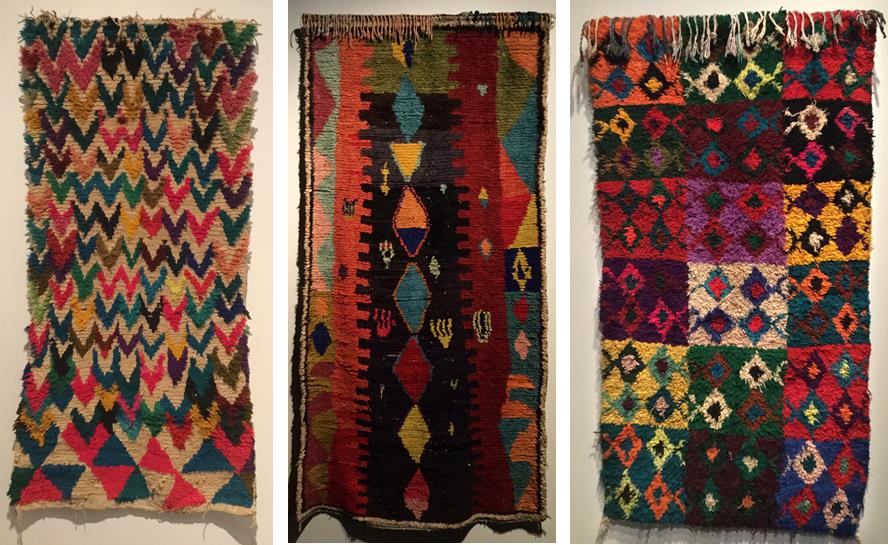
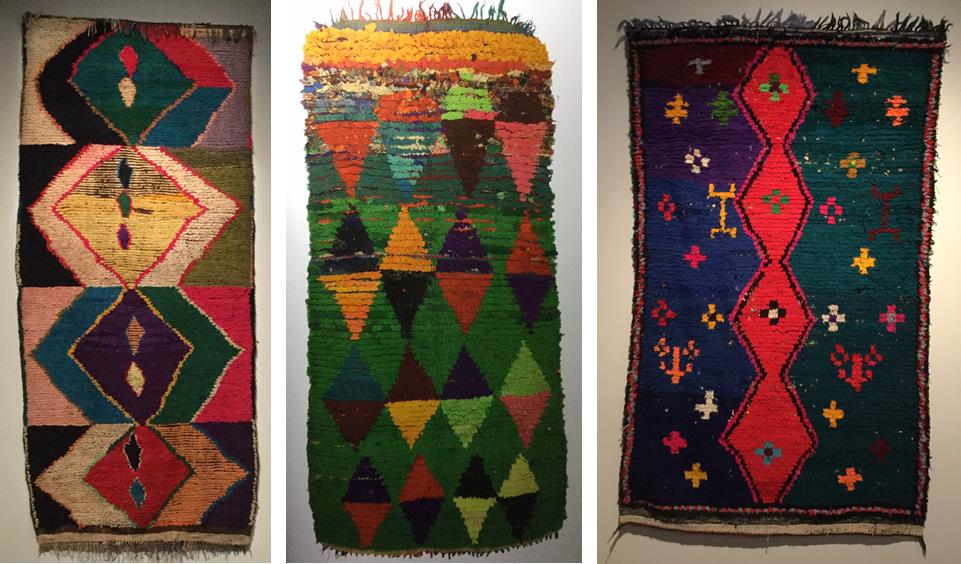
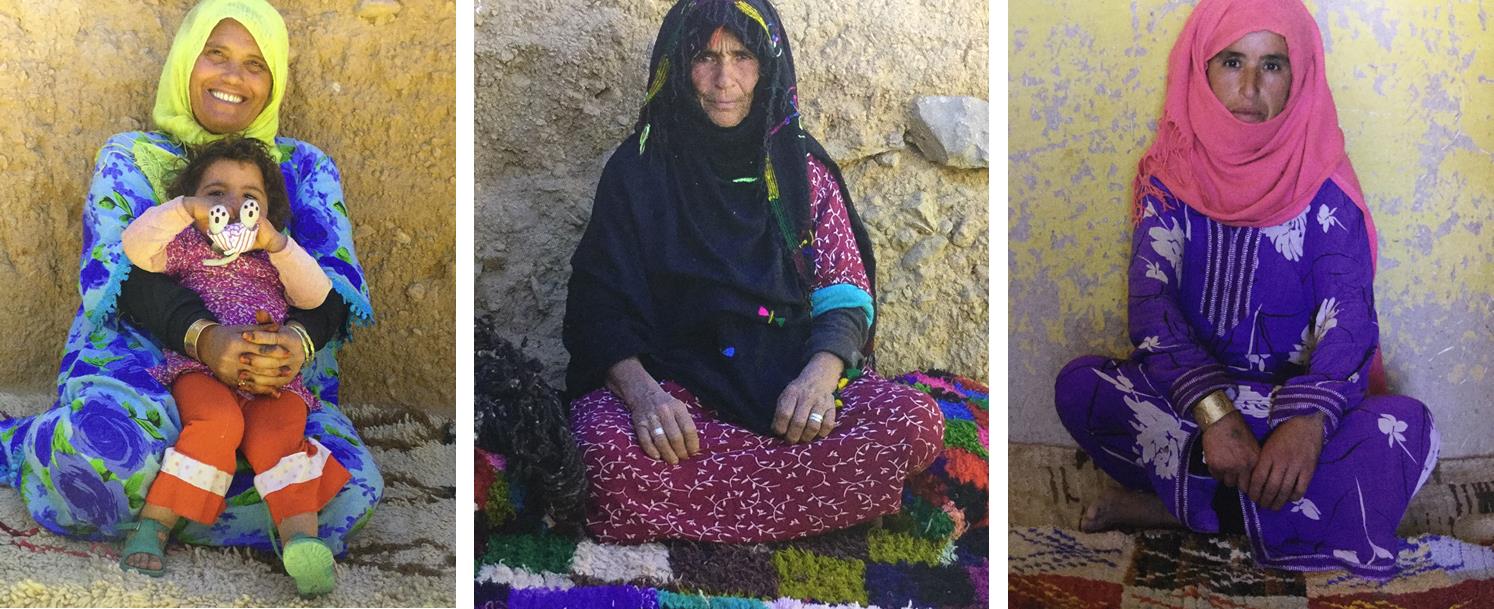
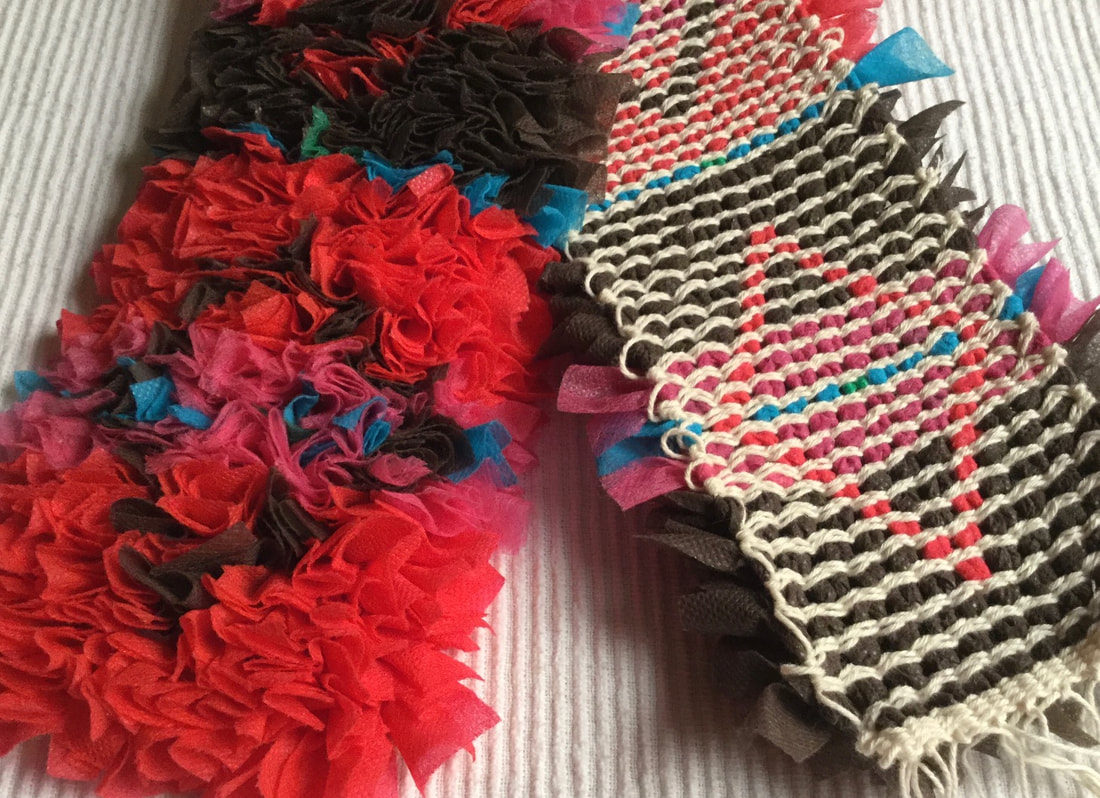
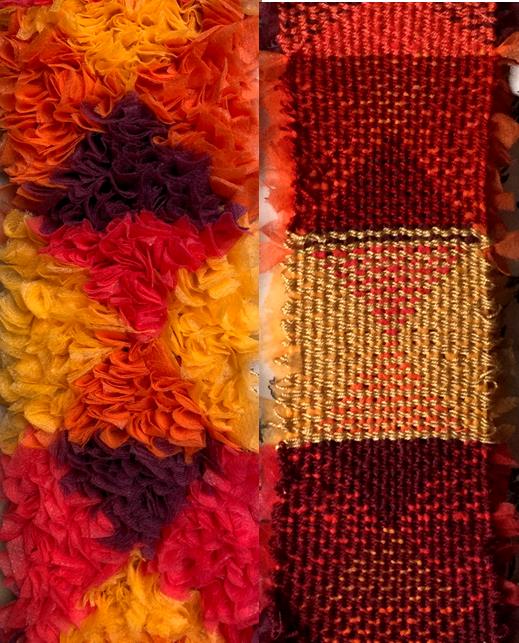
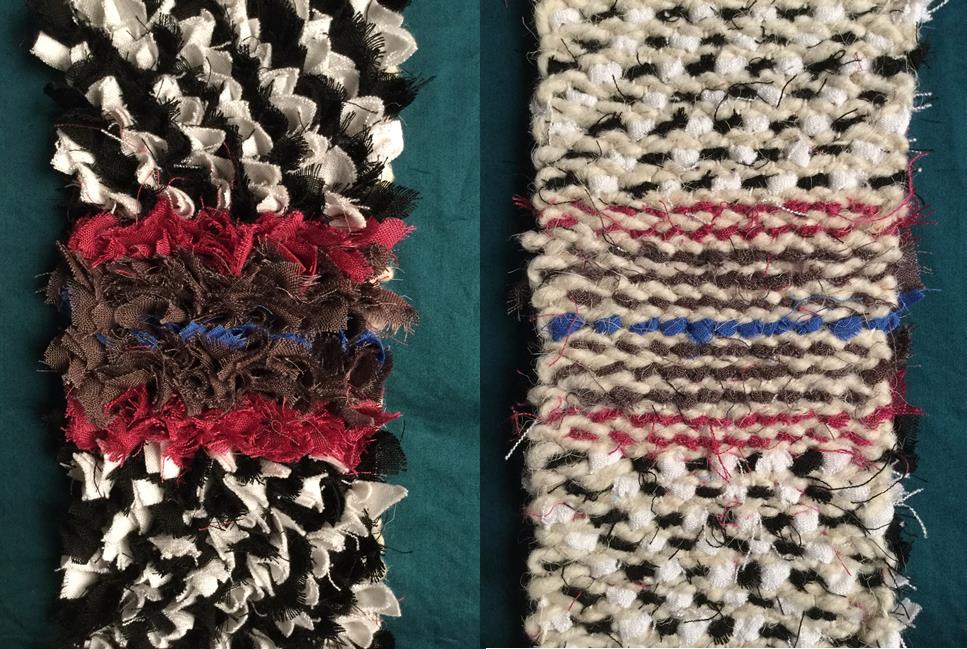
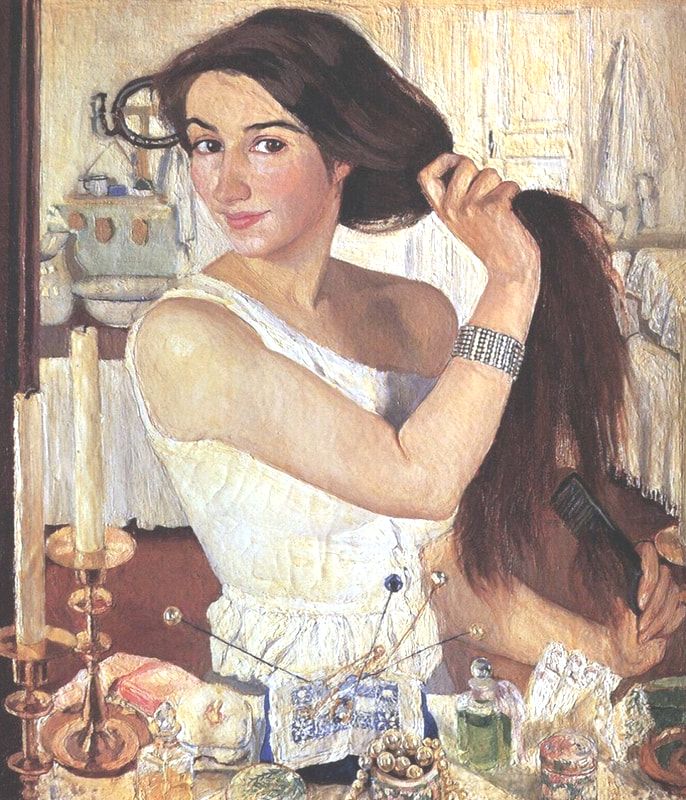
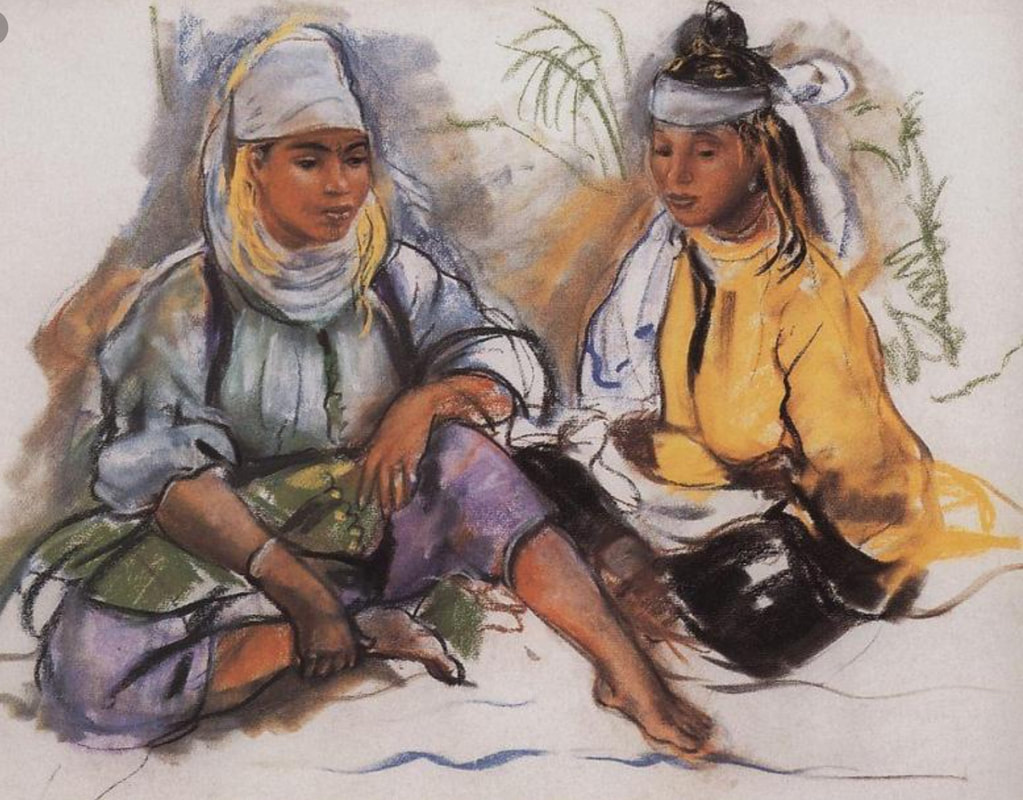
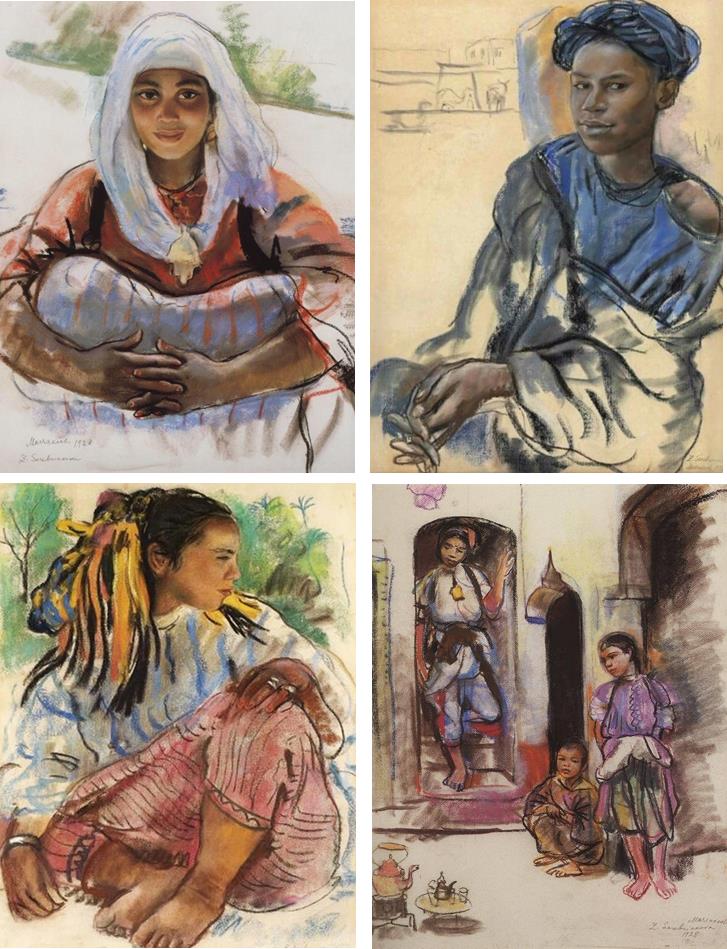
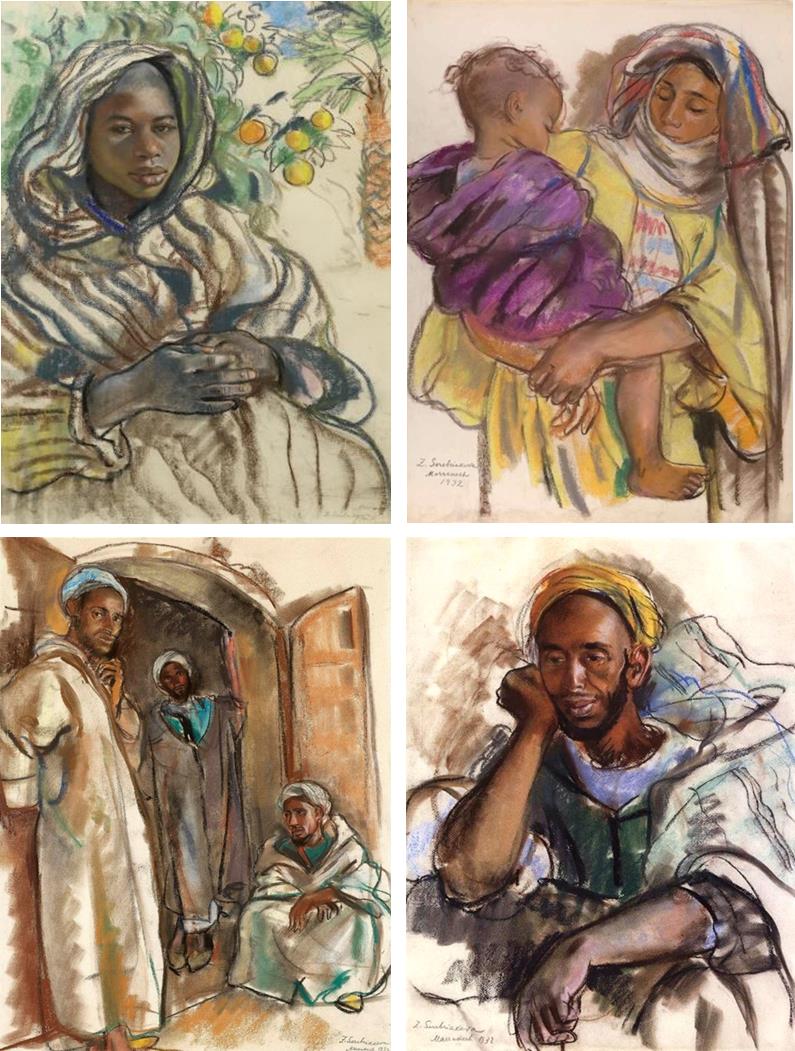
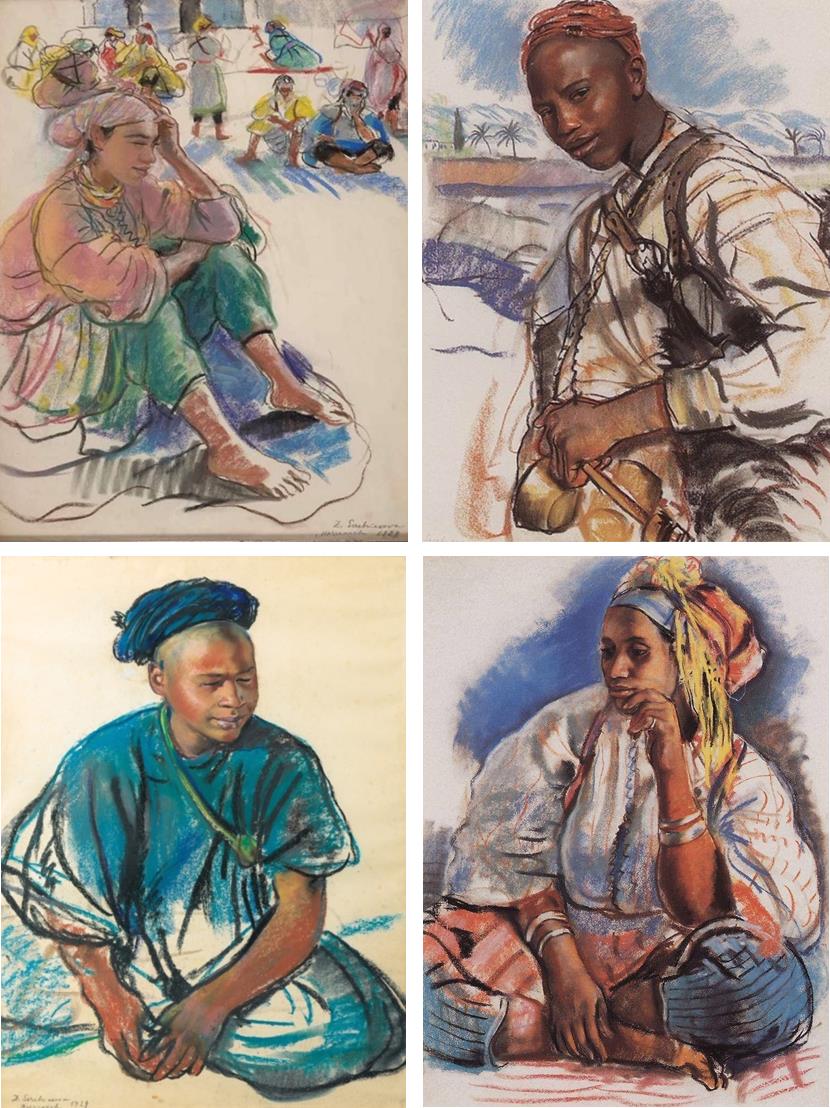
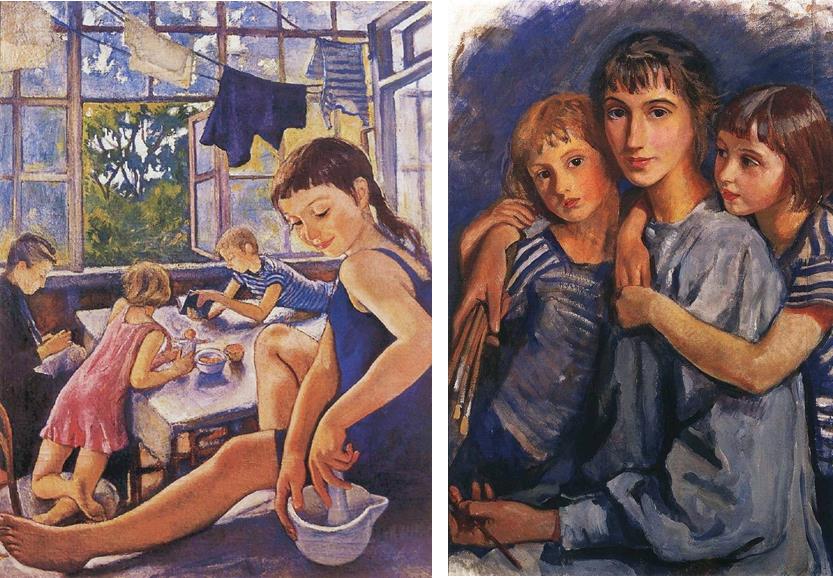

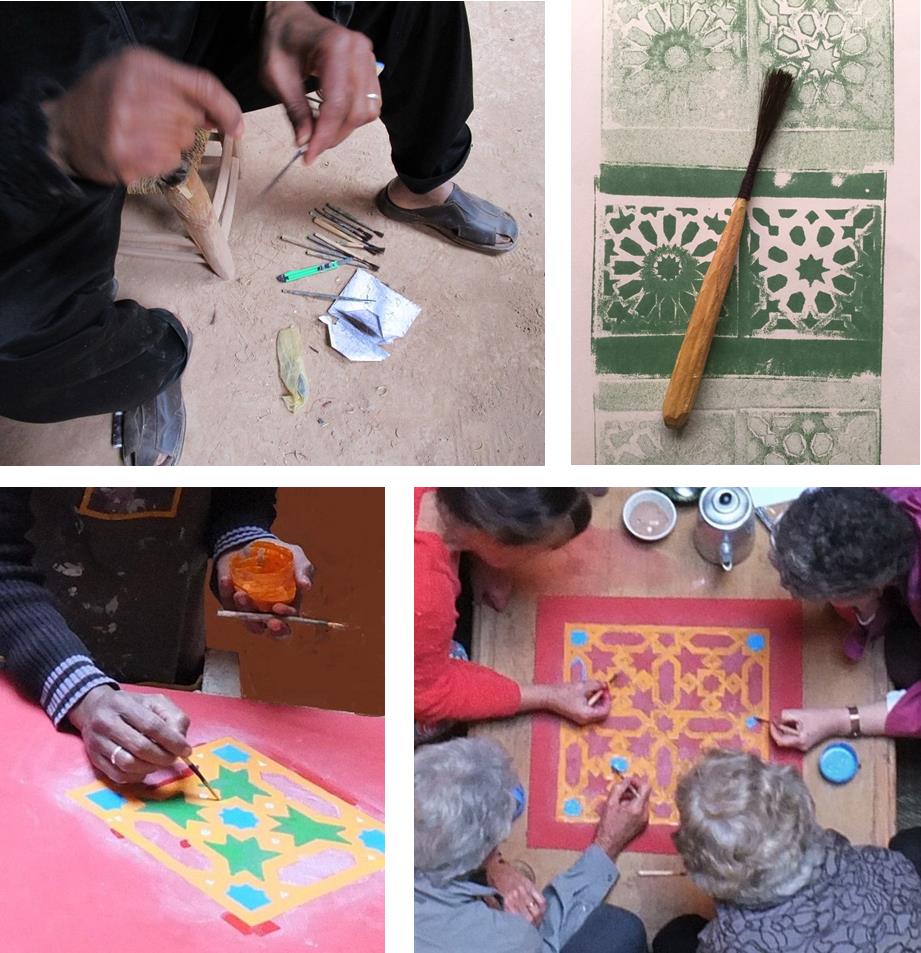
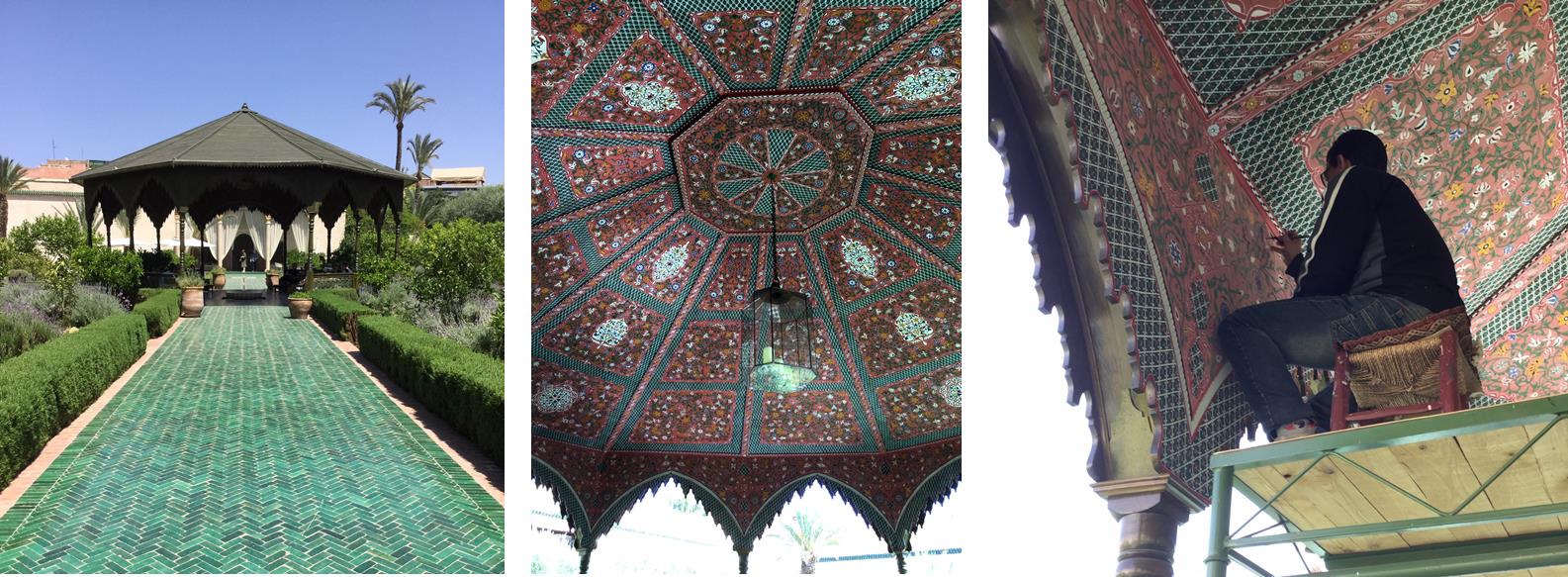

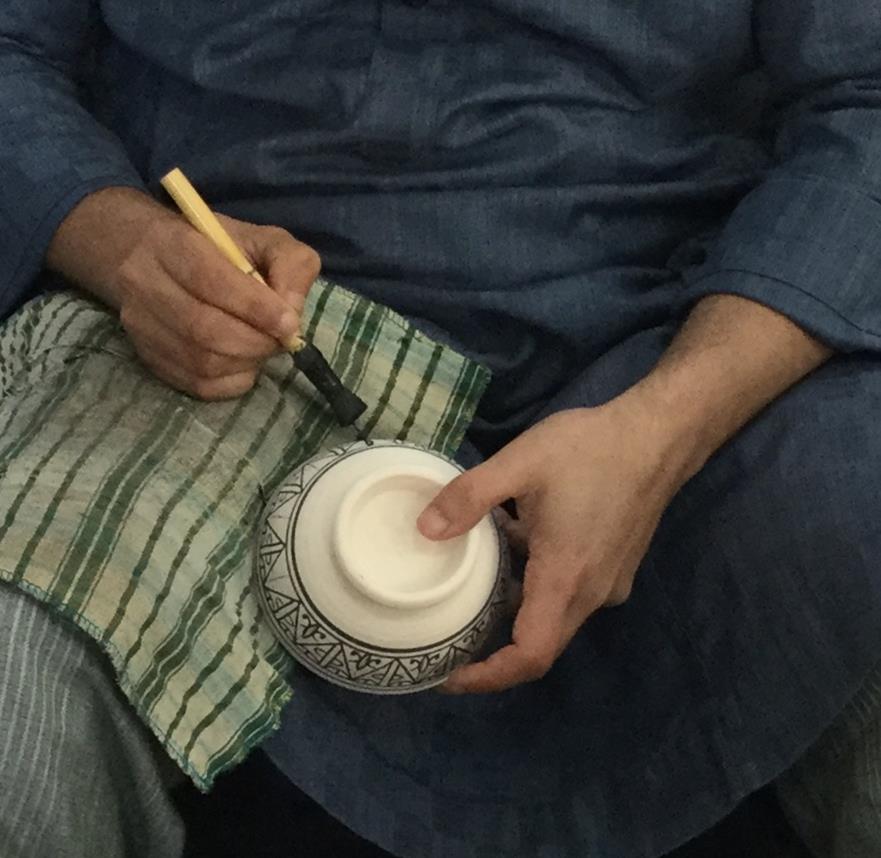

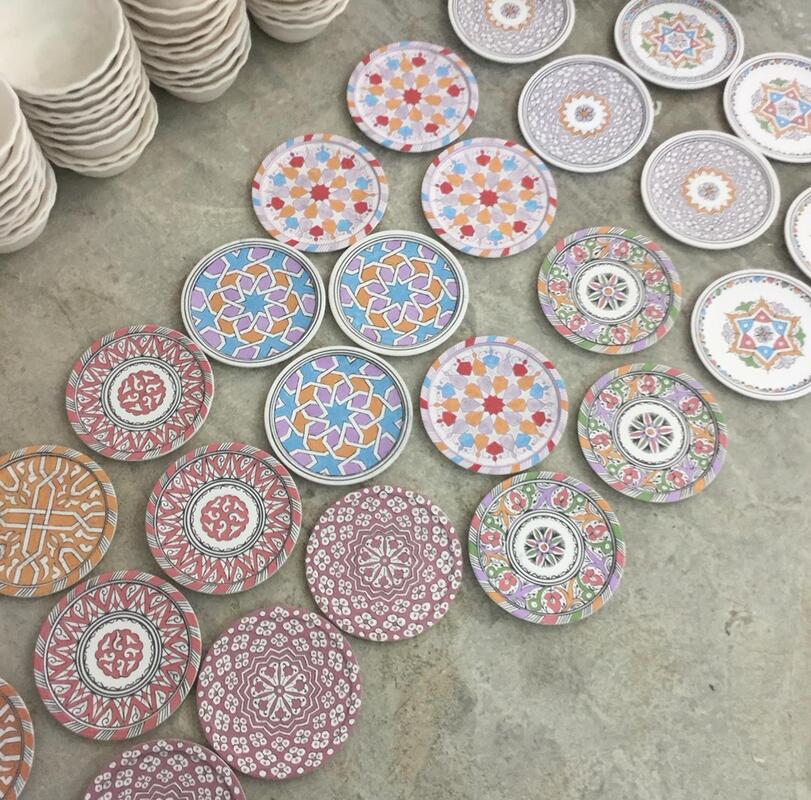
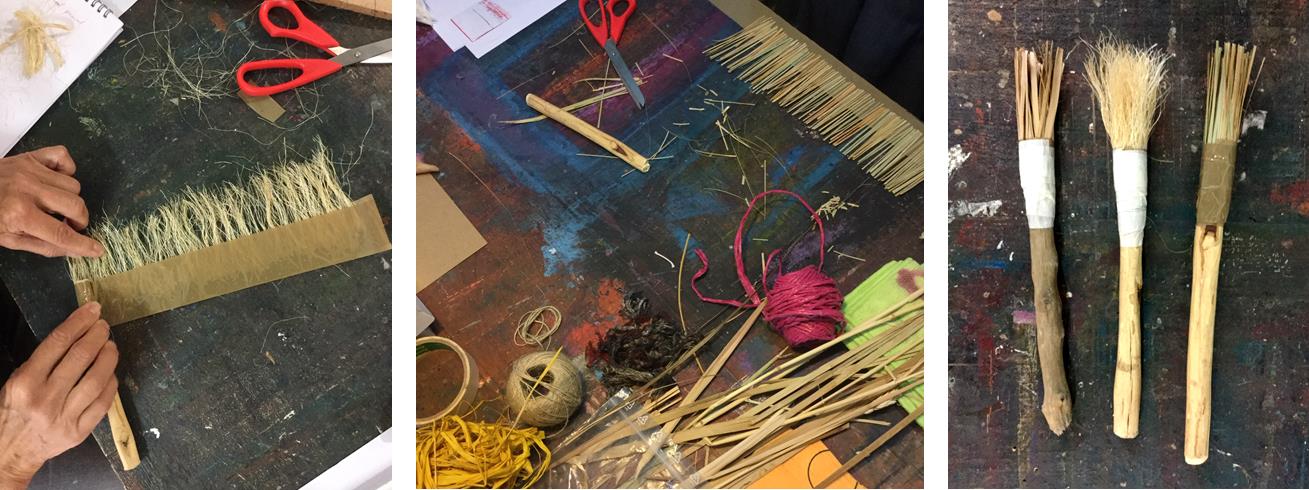
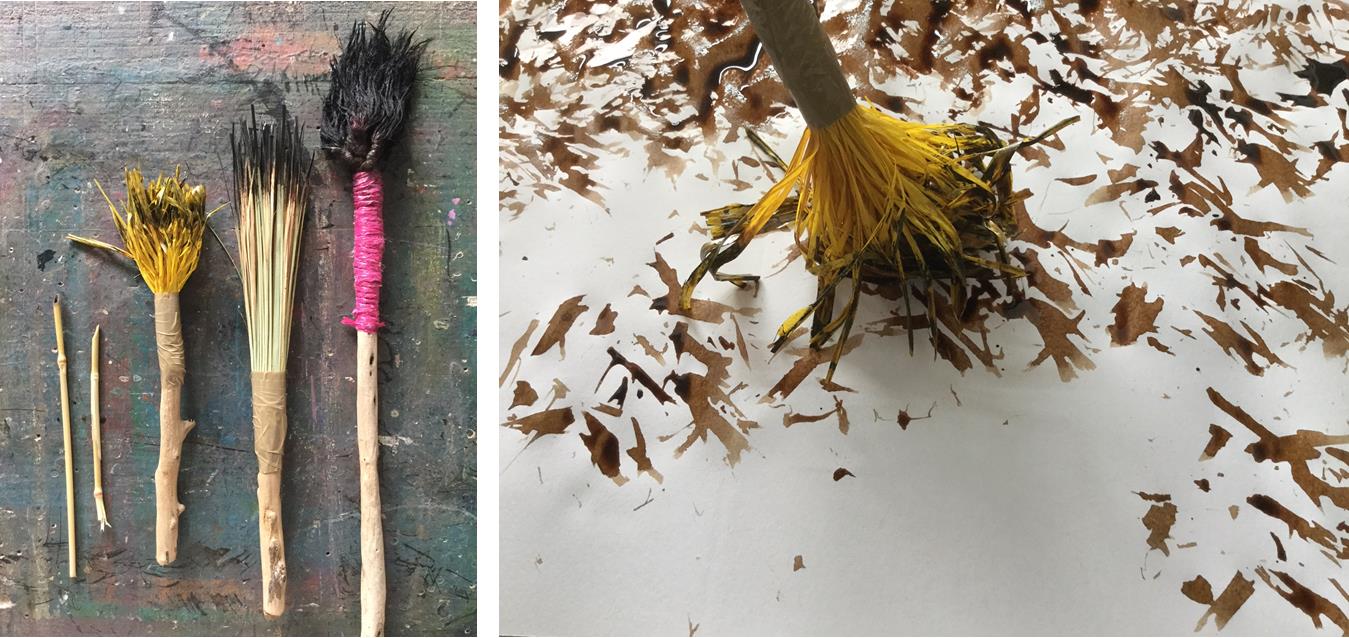
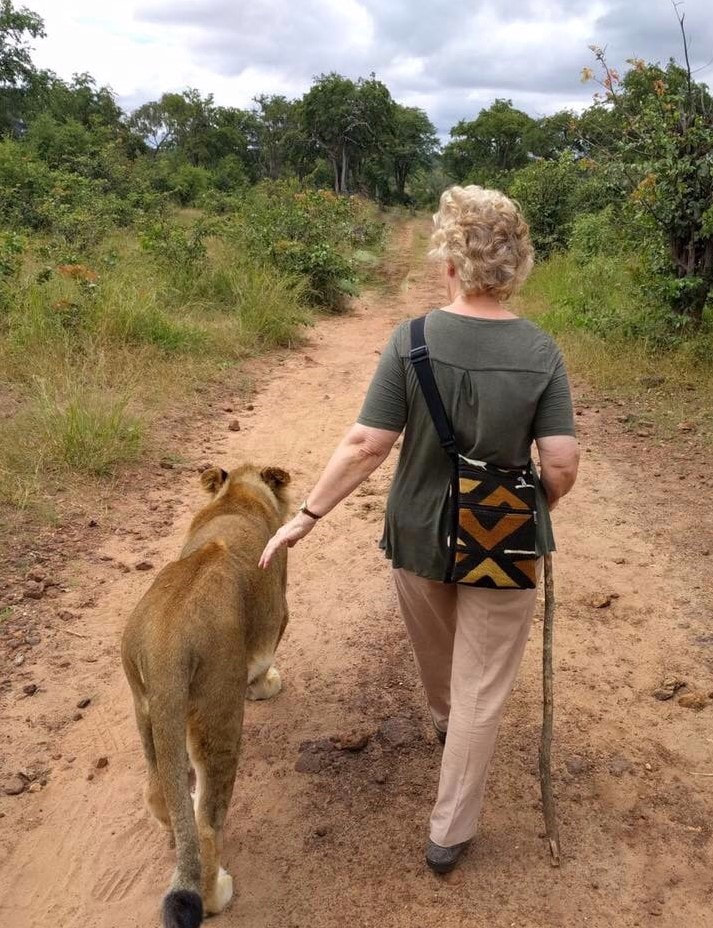
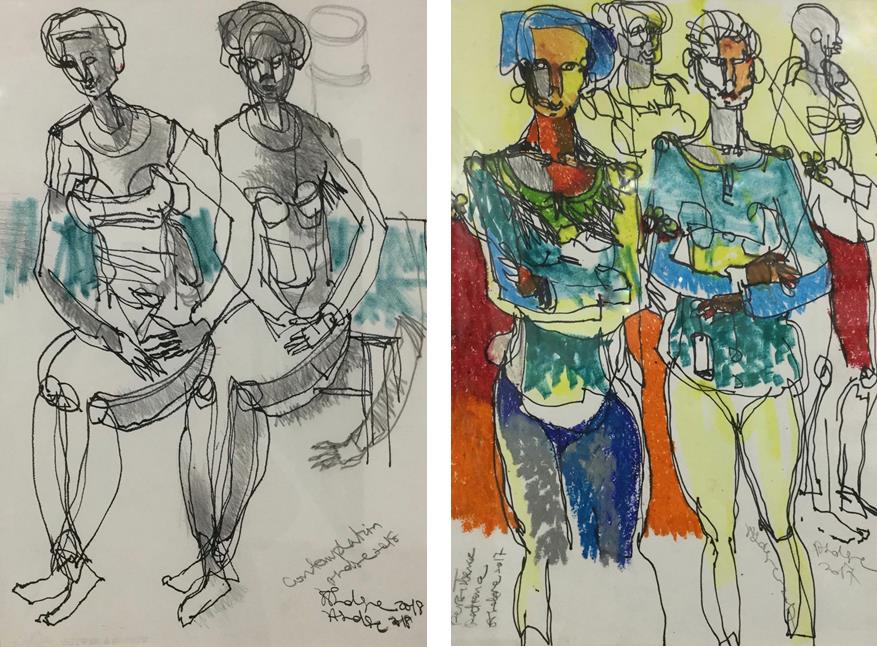
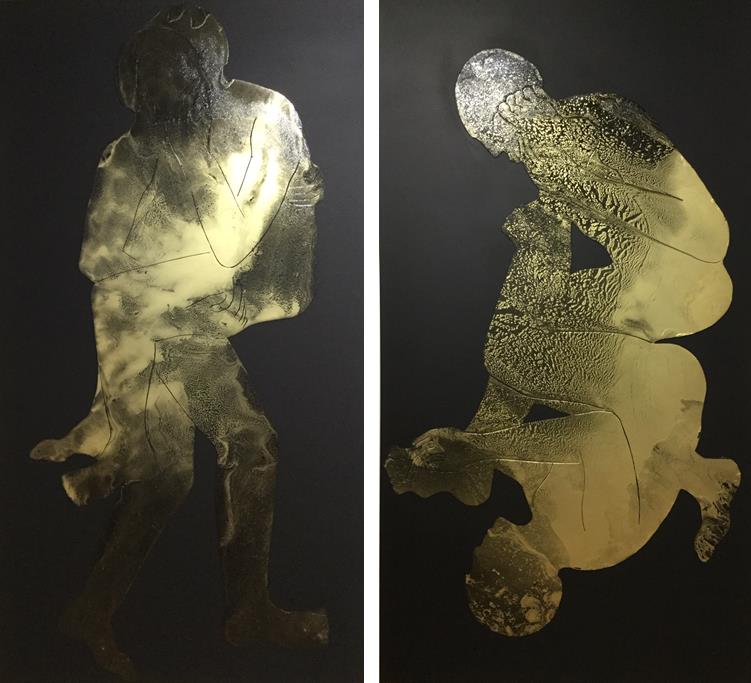
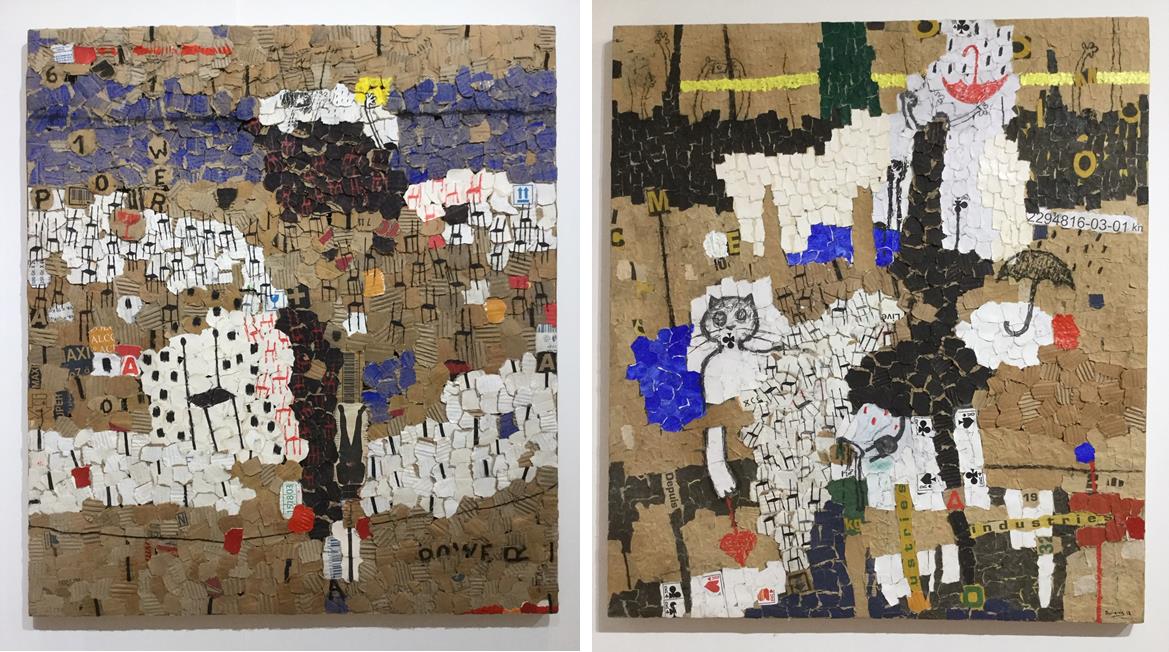
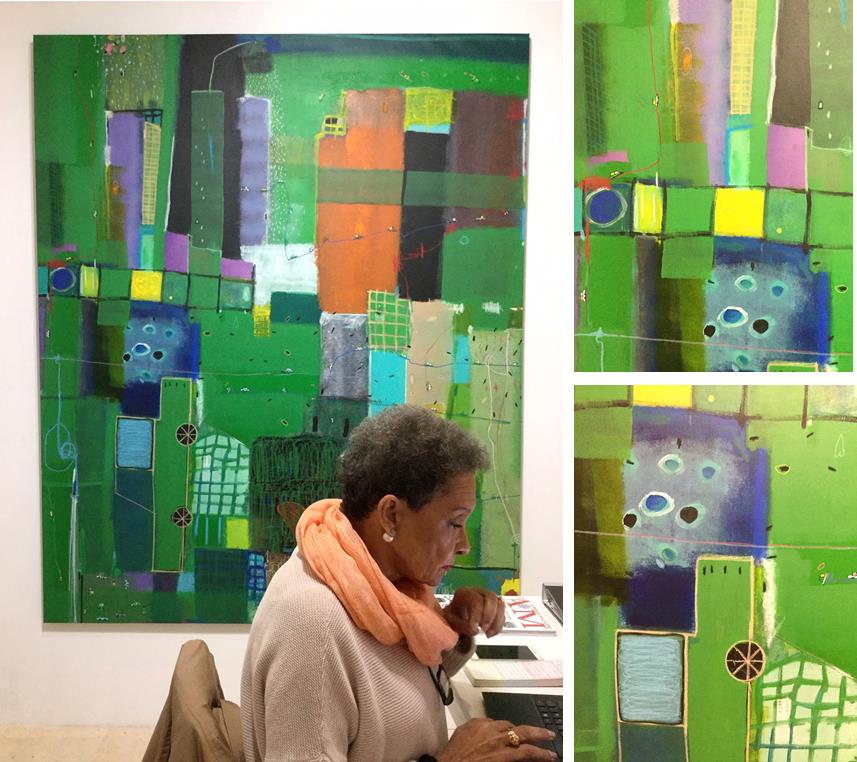
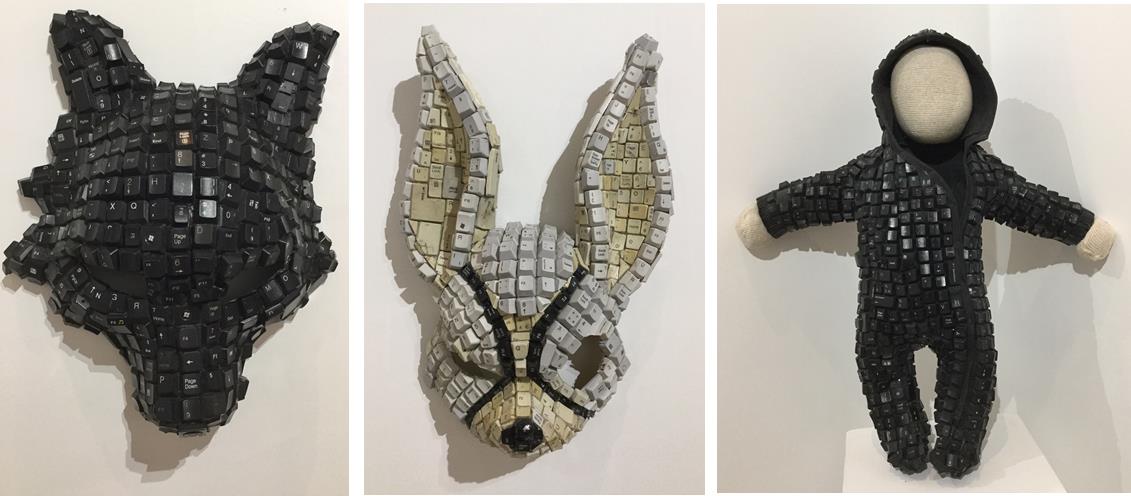
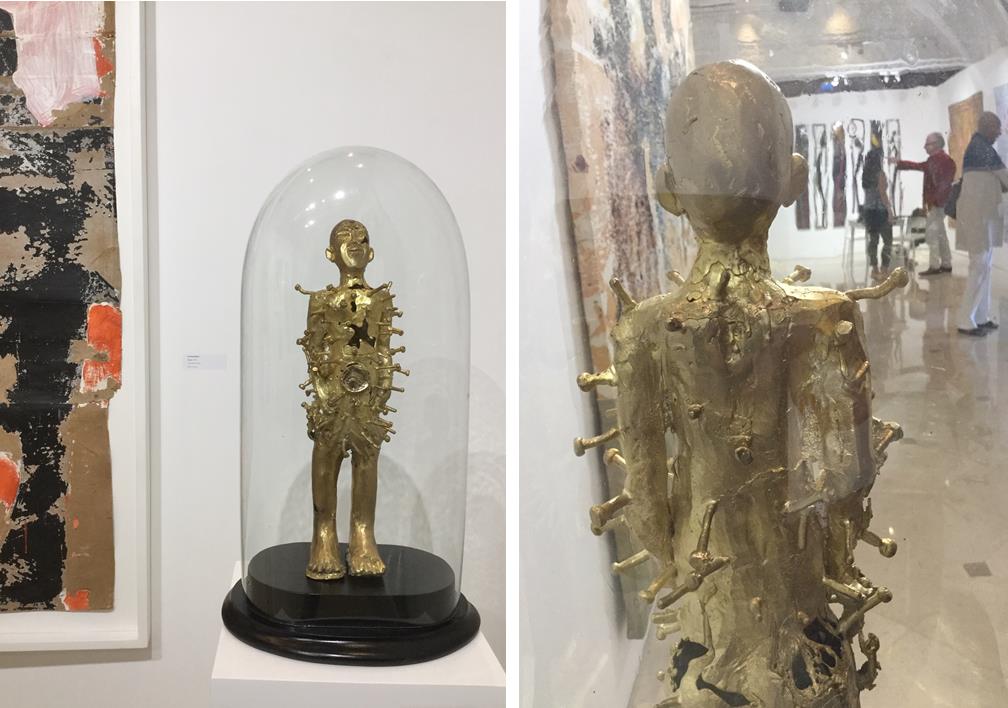
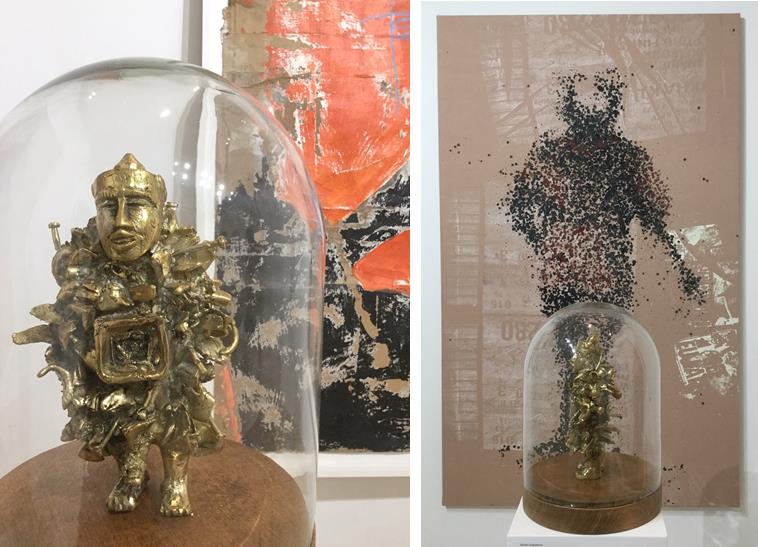
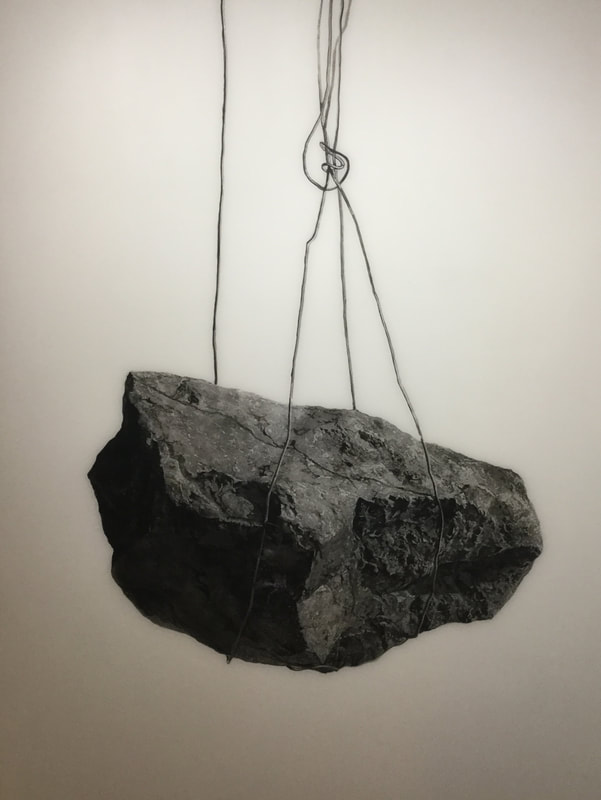
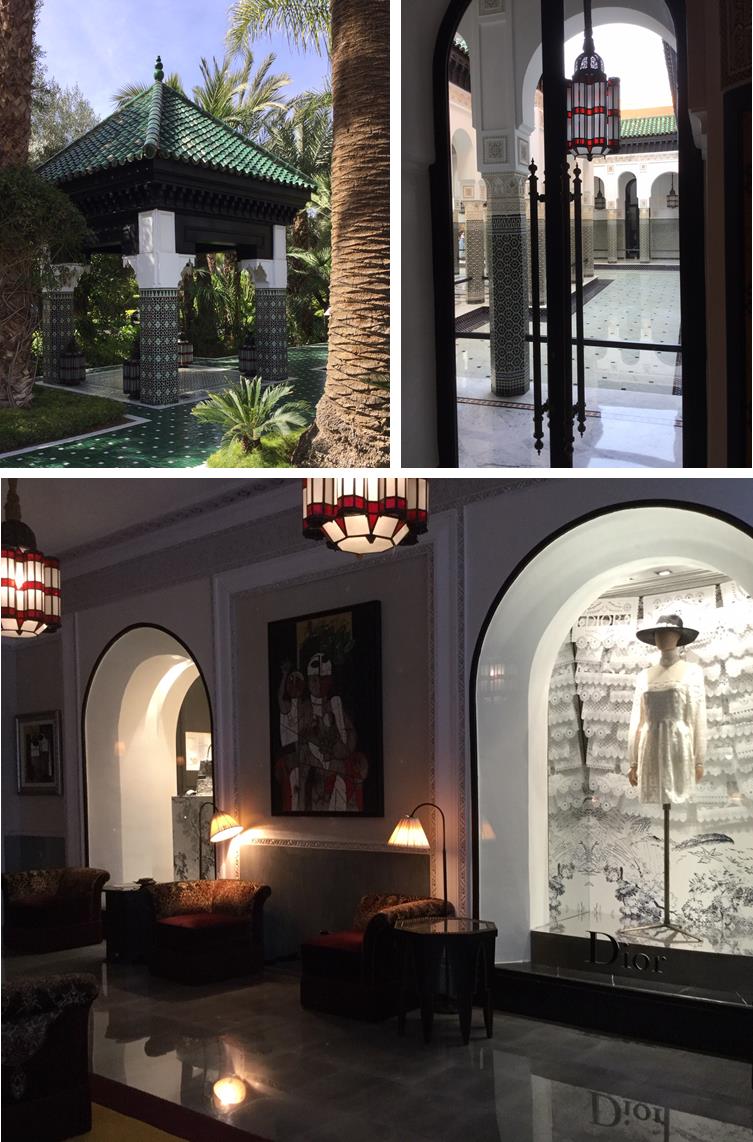
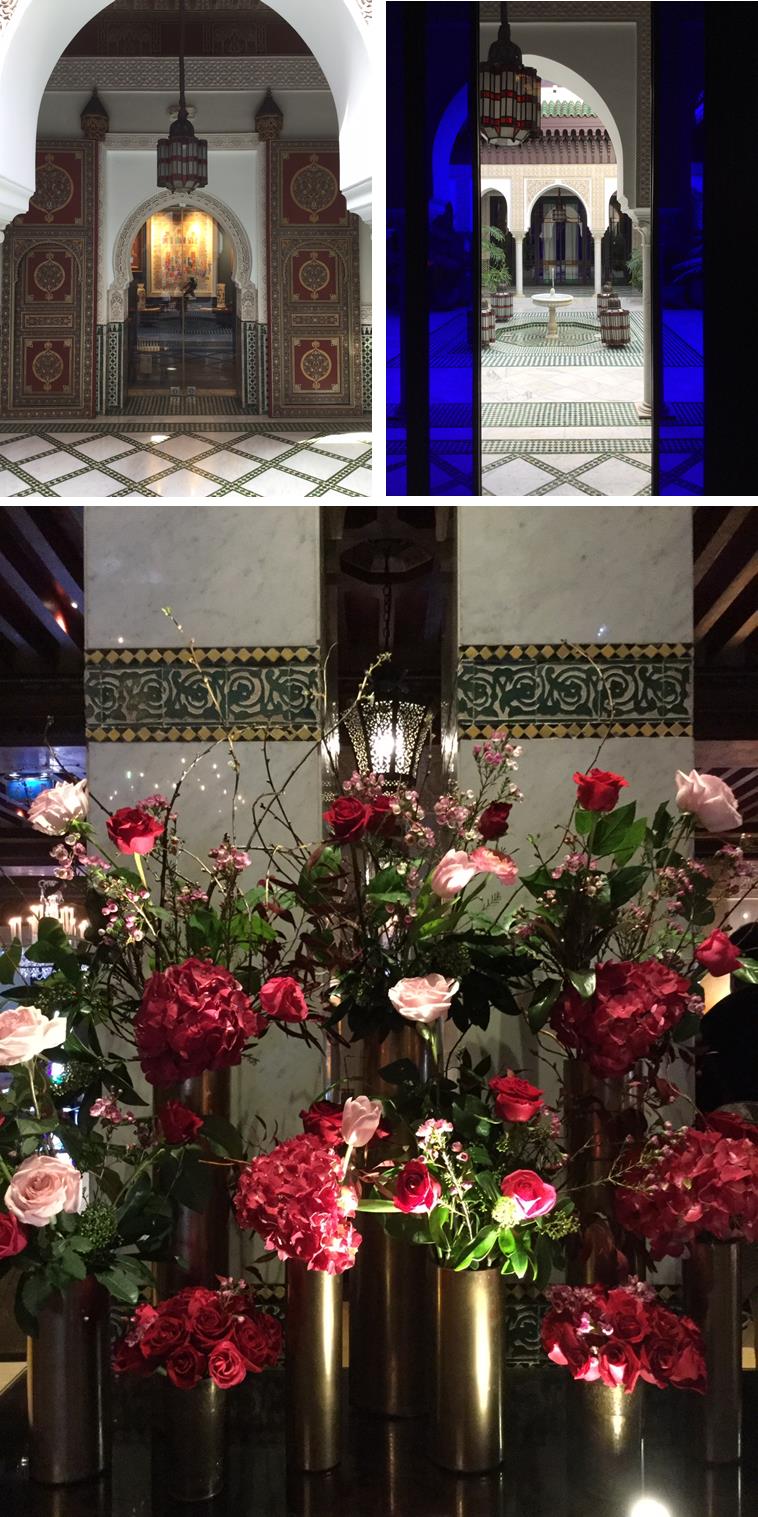
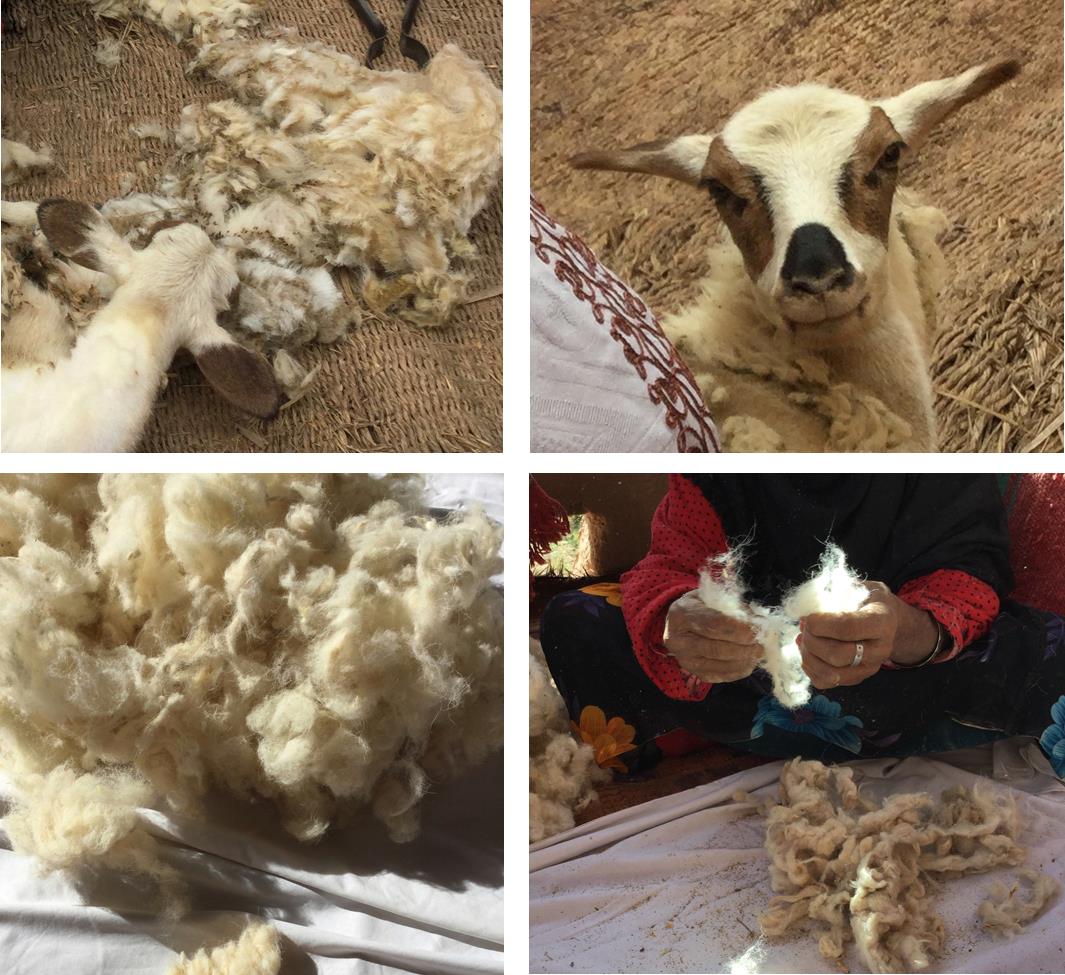
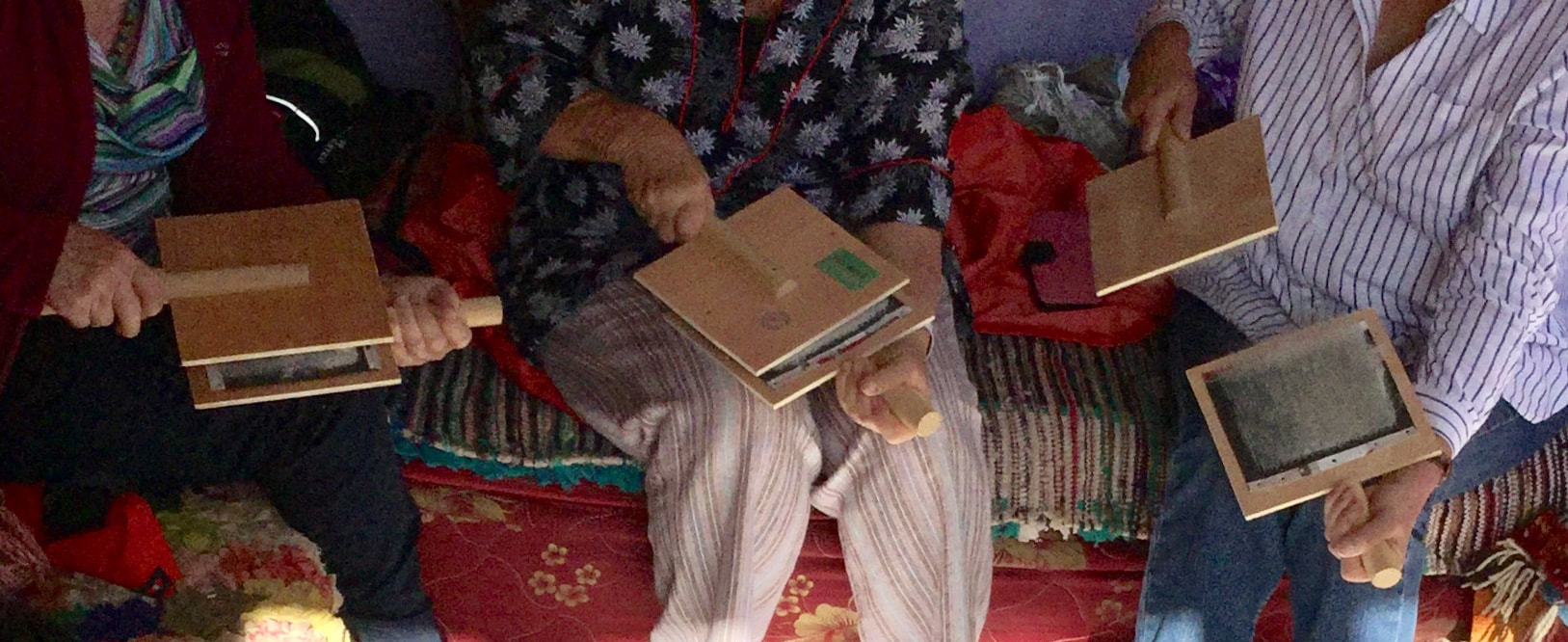
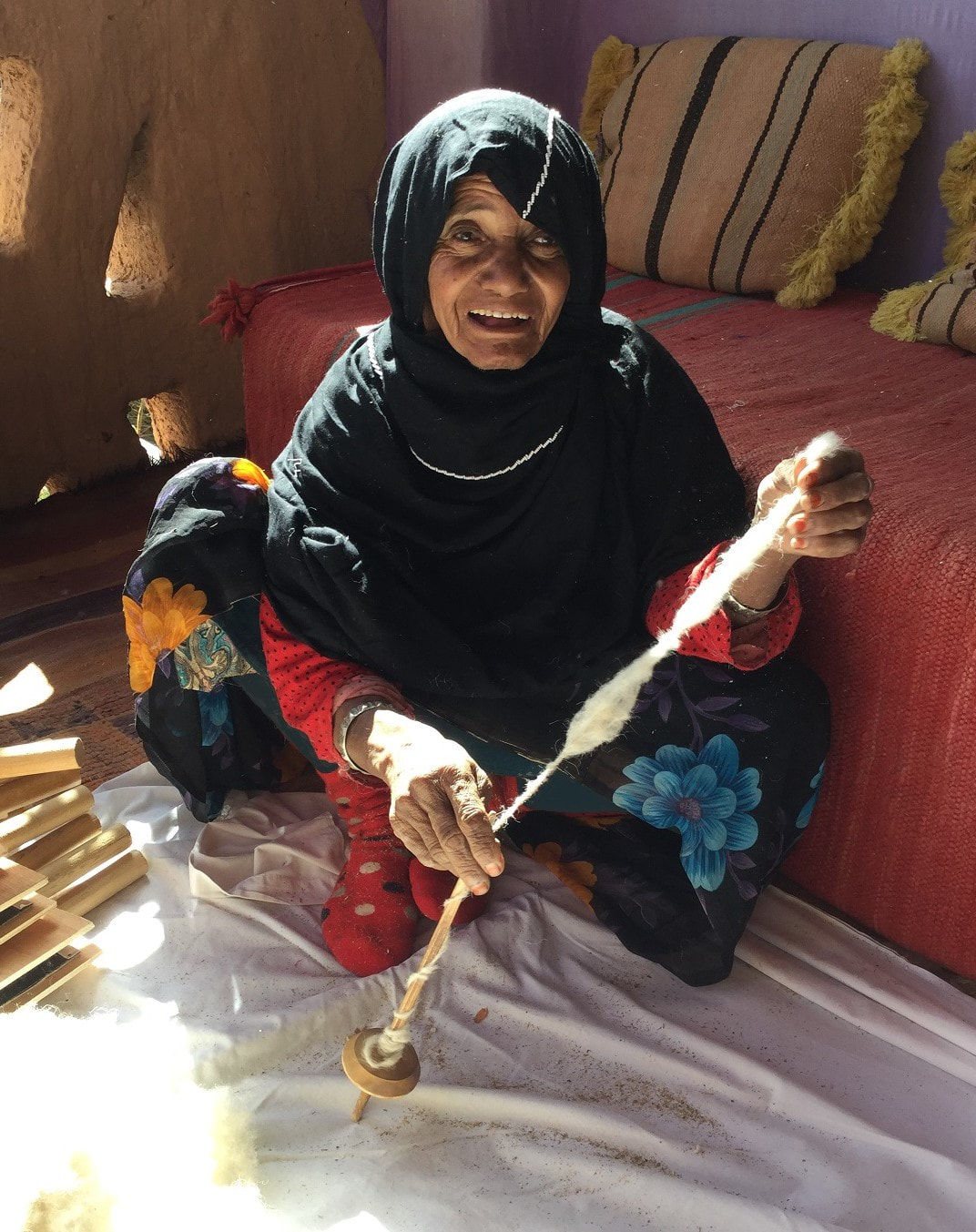
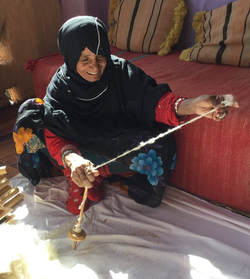
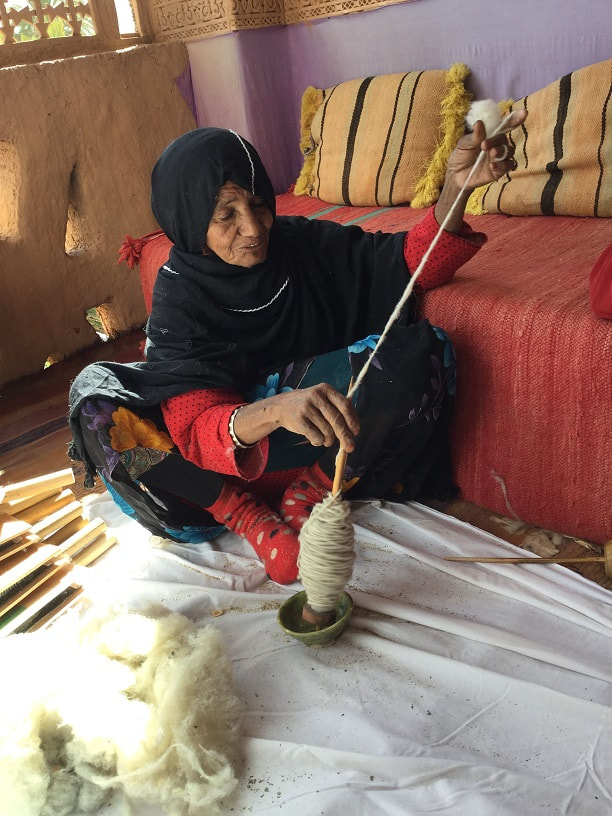
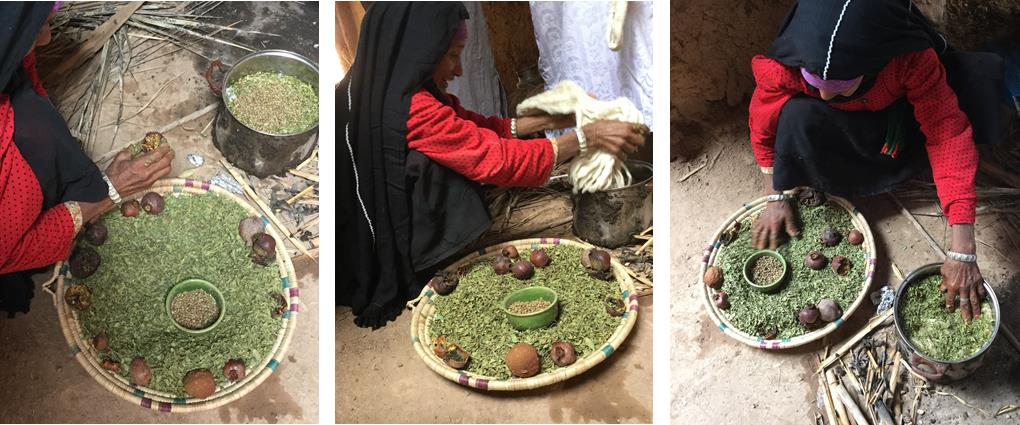
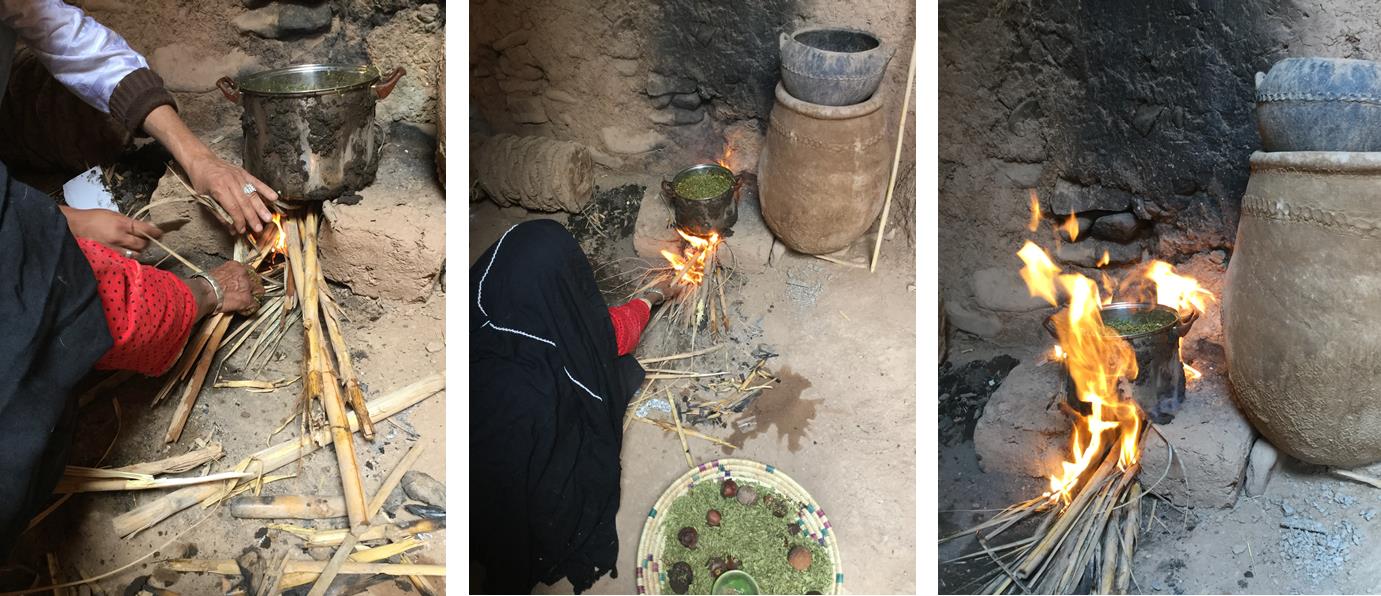
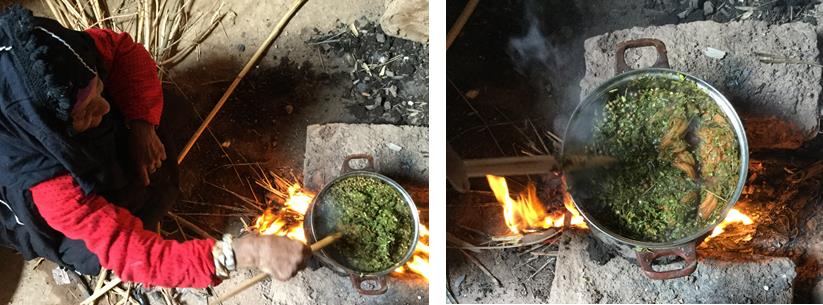
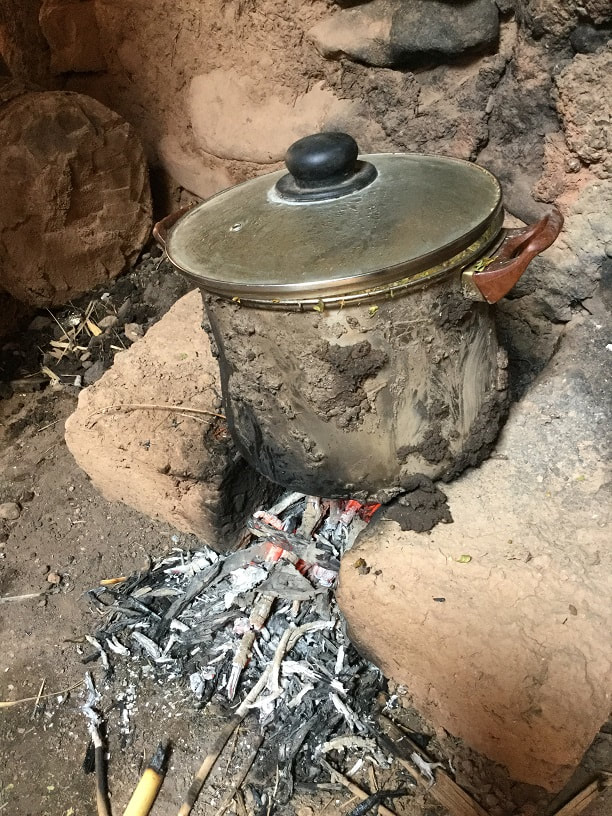
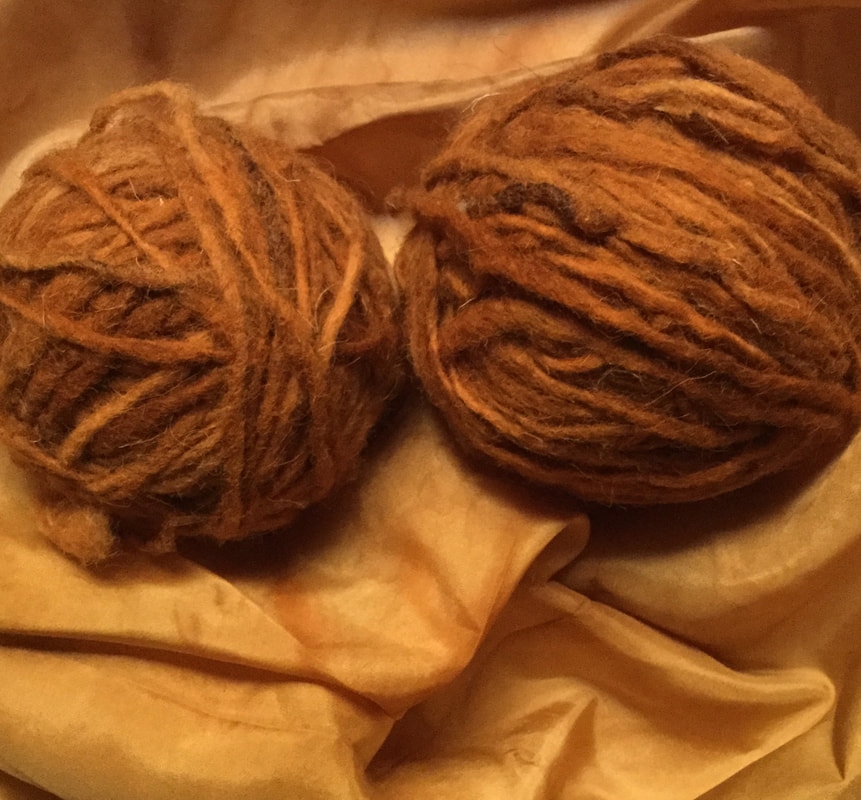

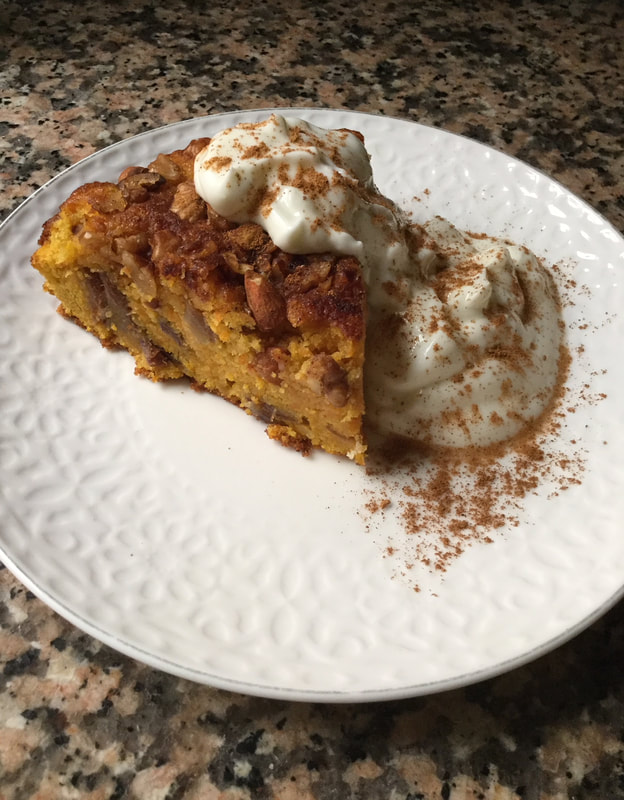
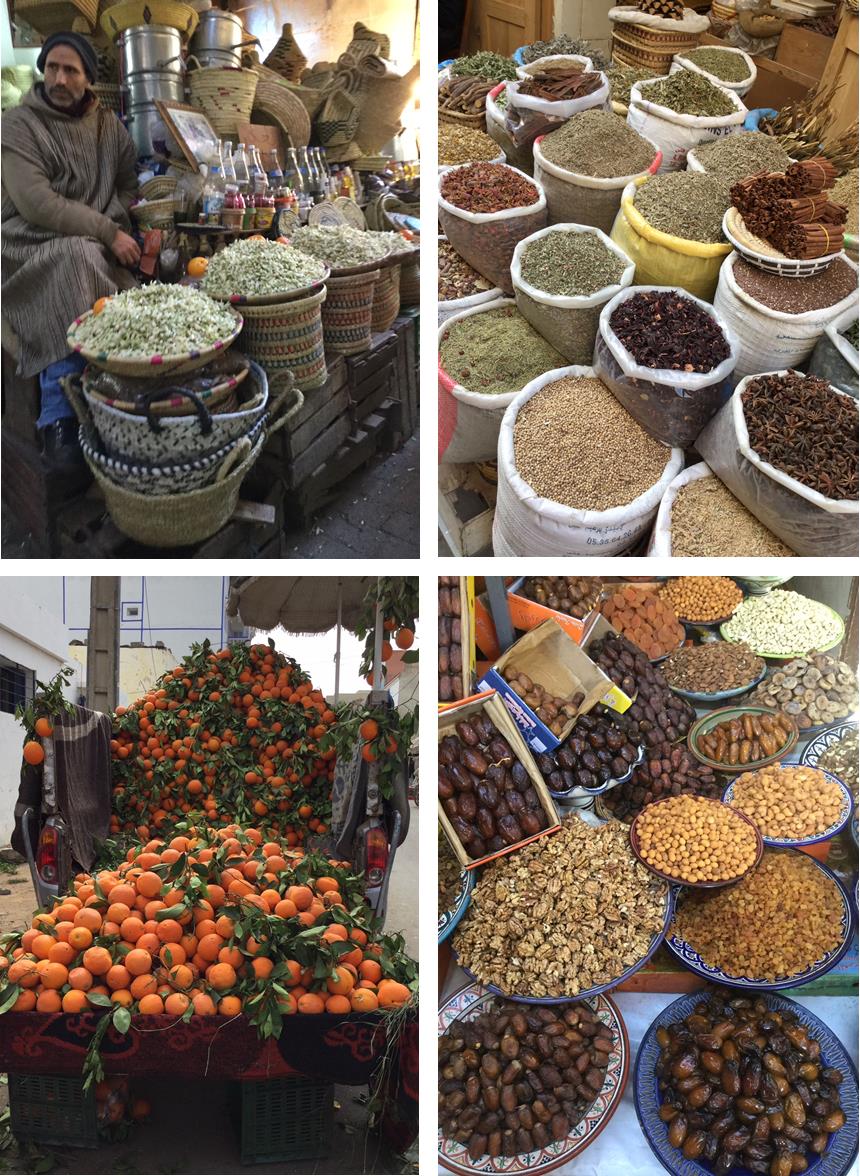


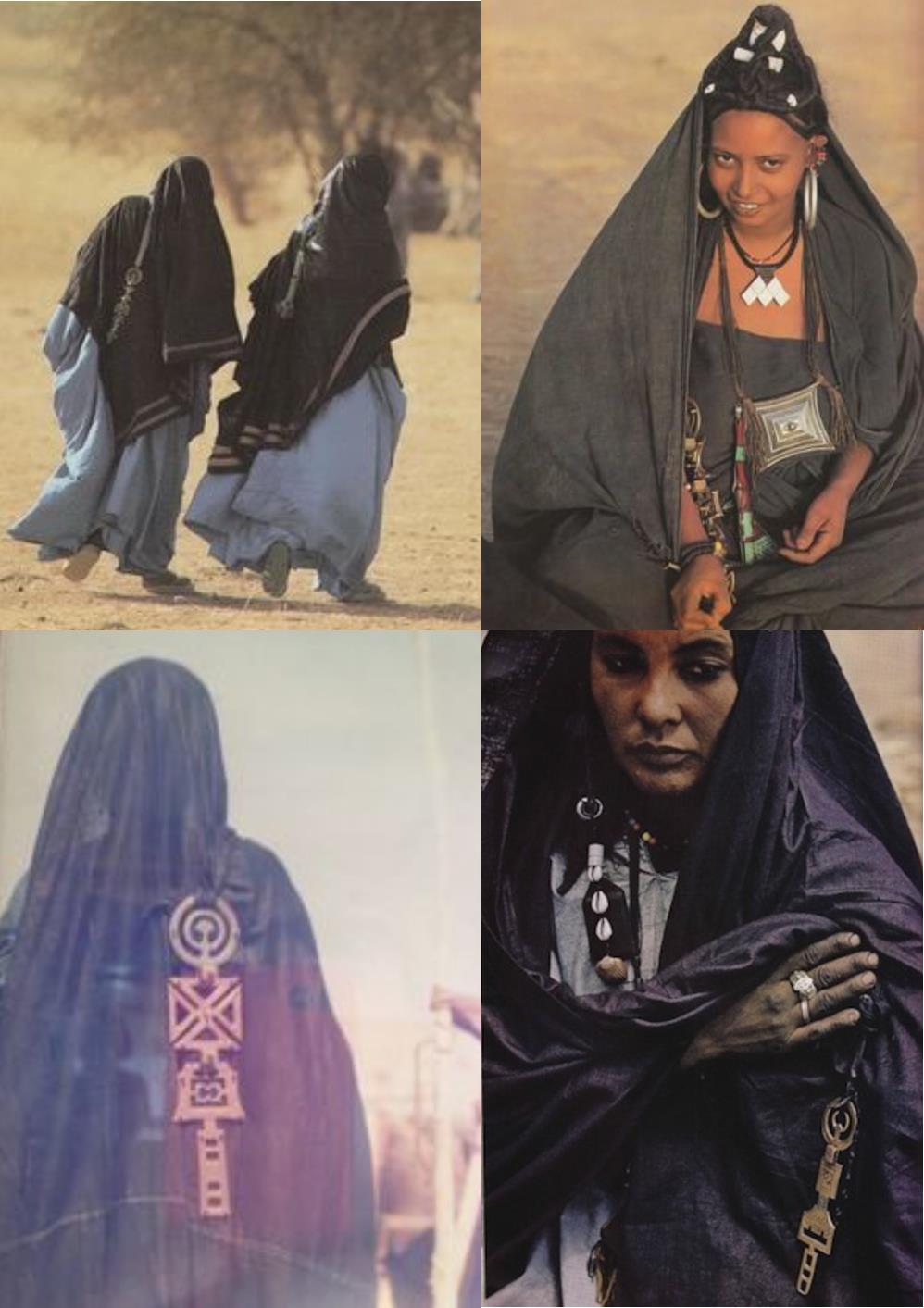
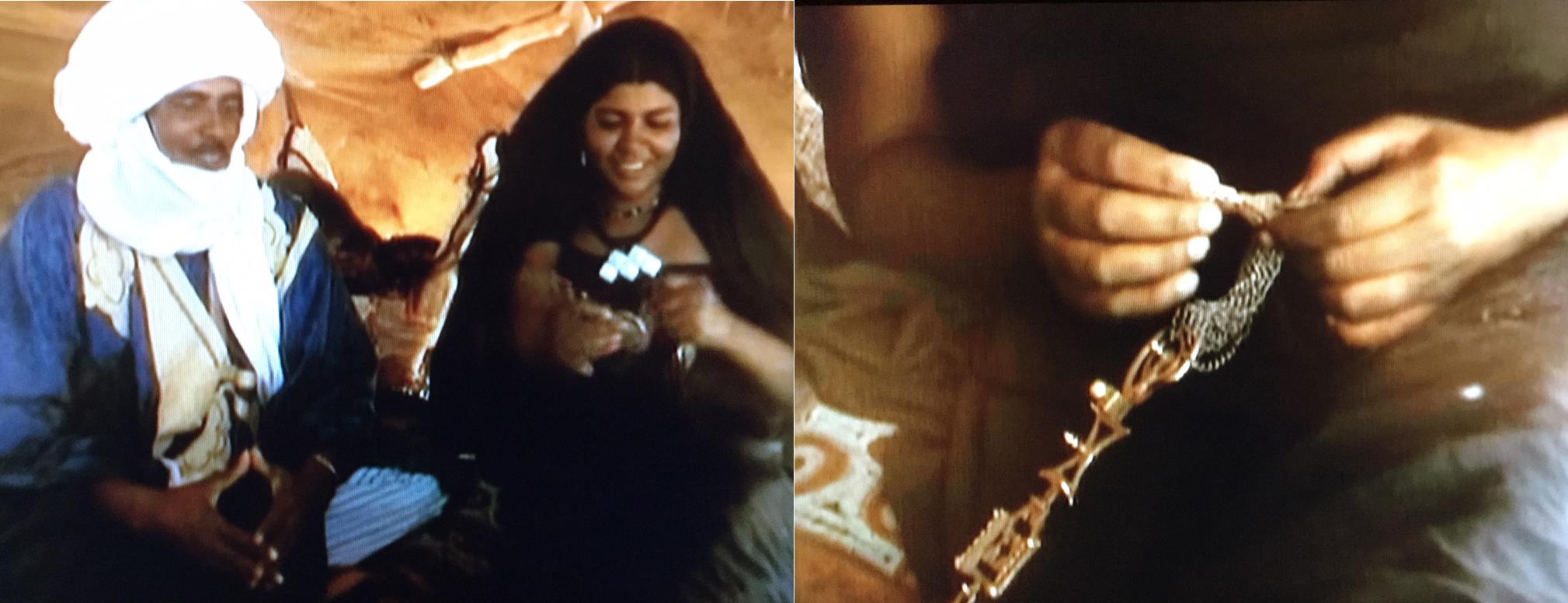

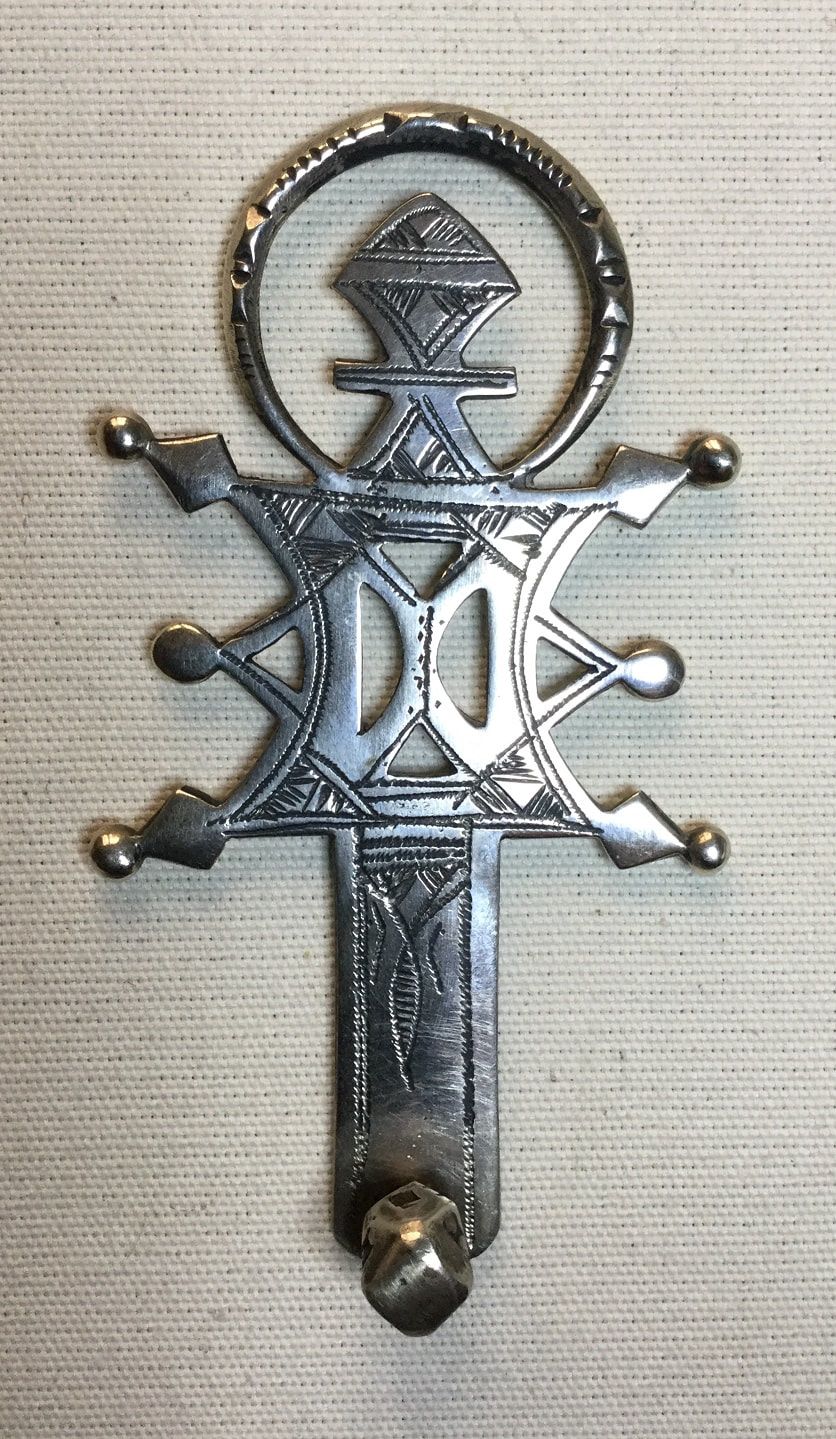
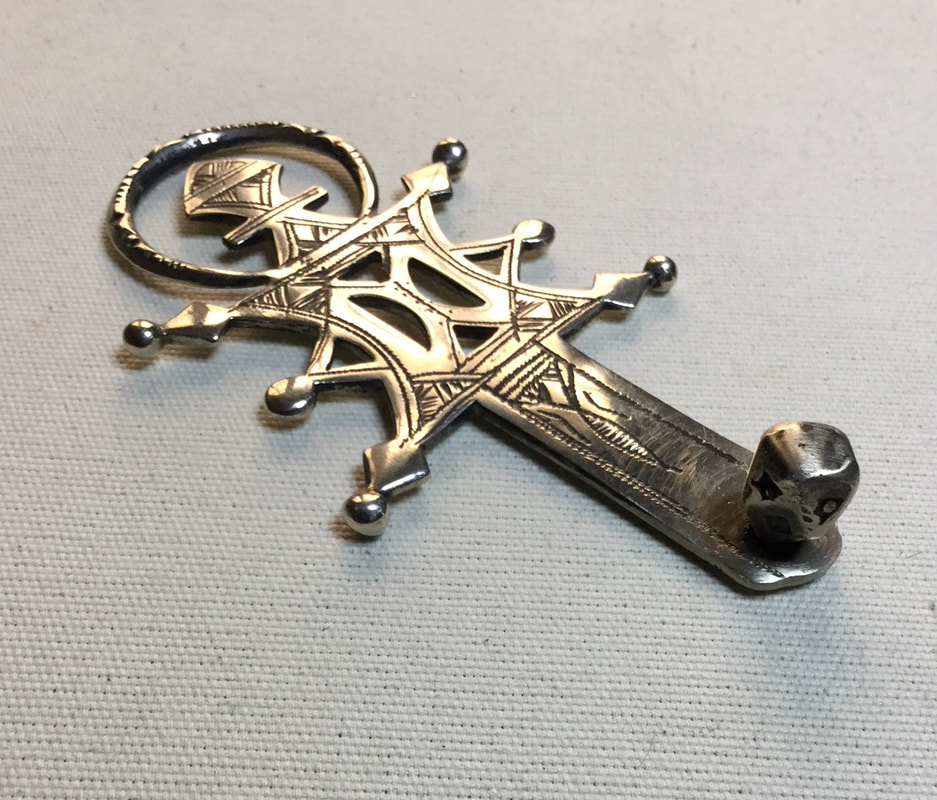
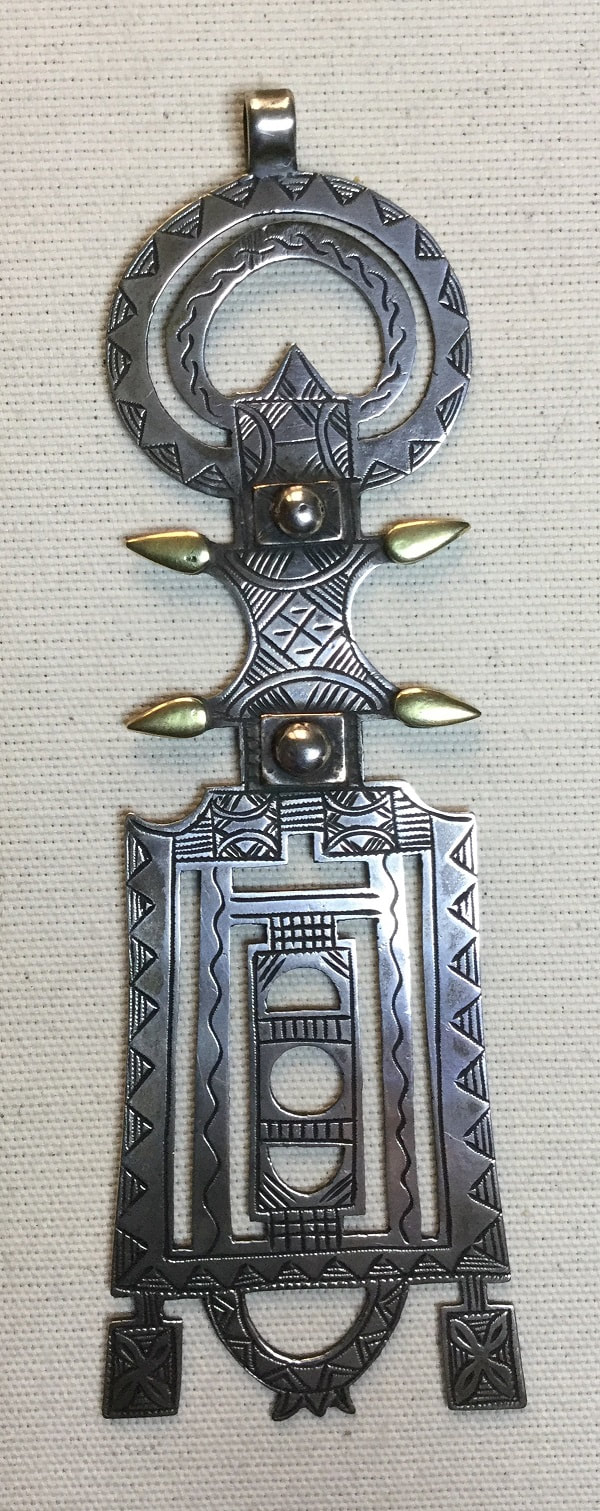
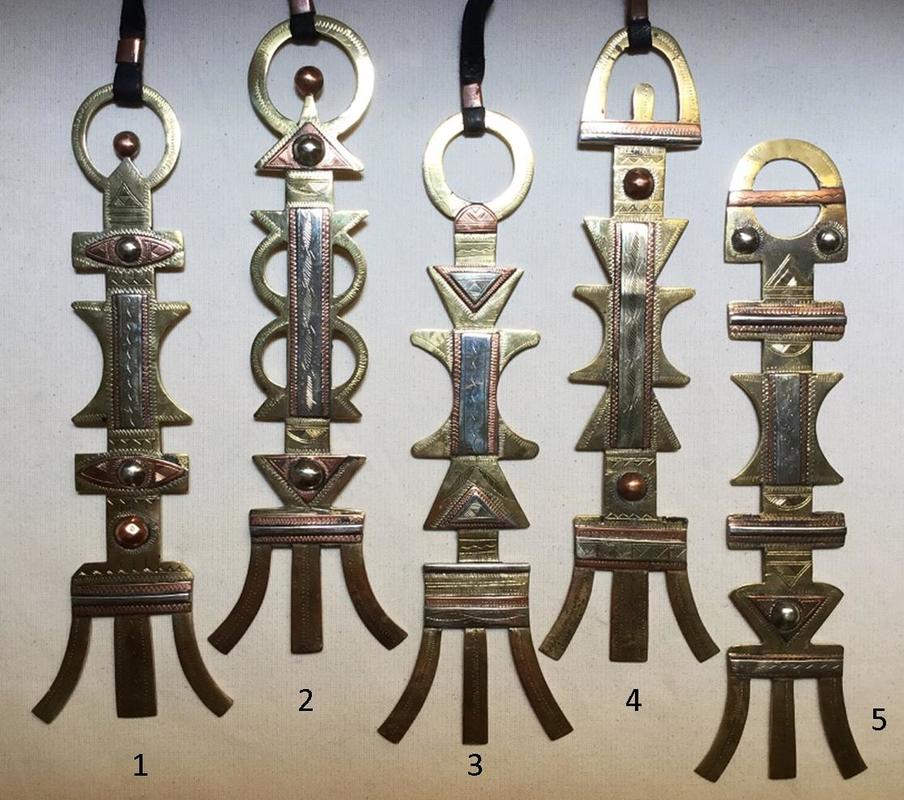
 RSS Feed
RSS Feed